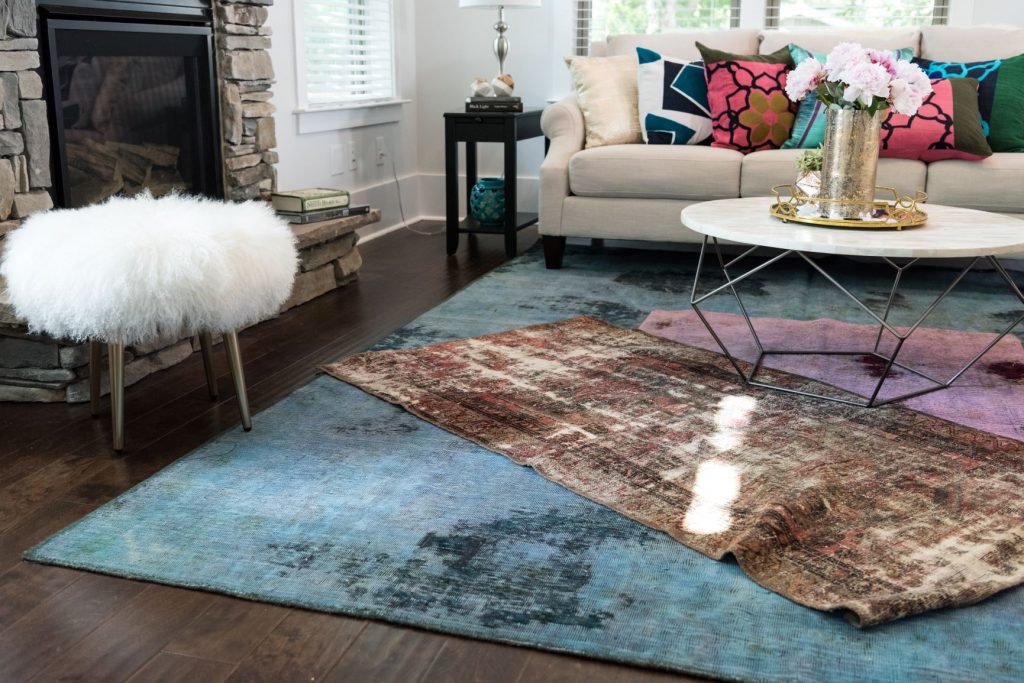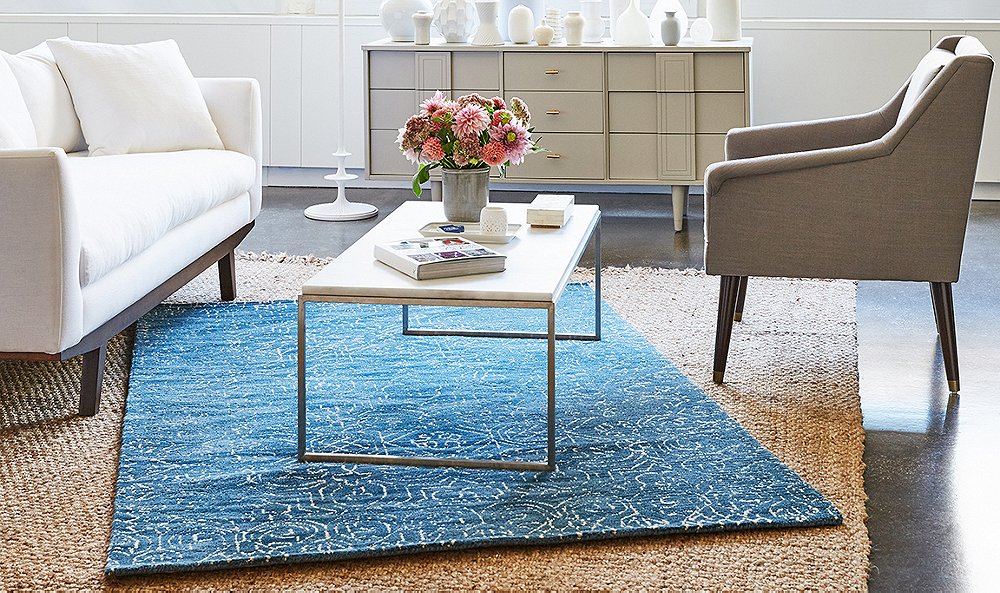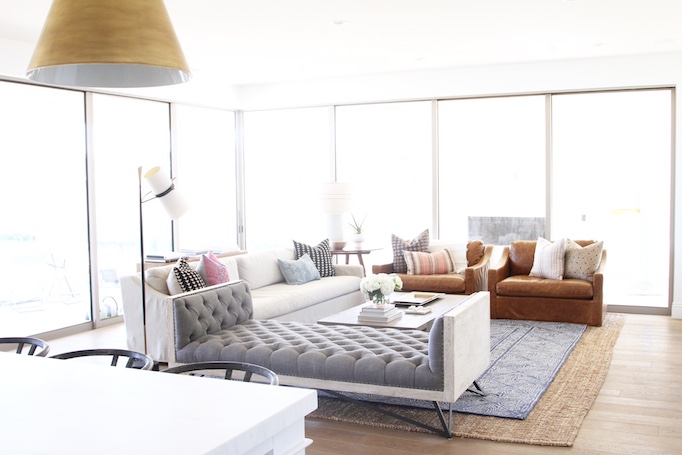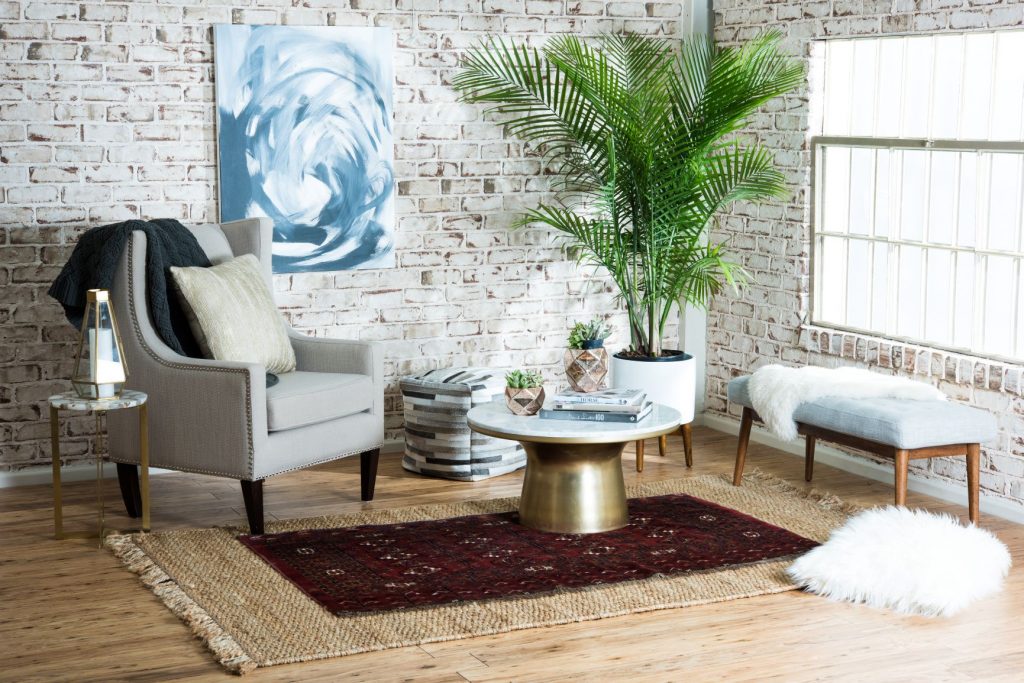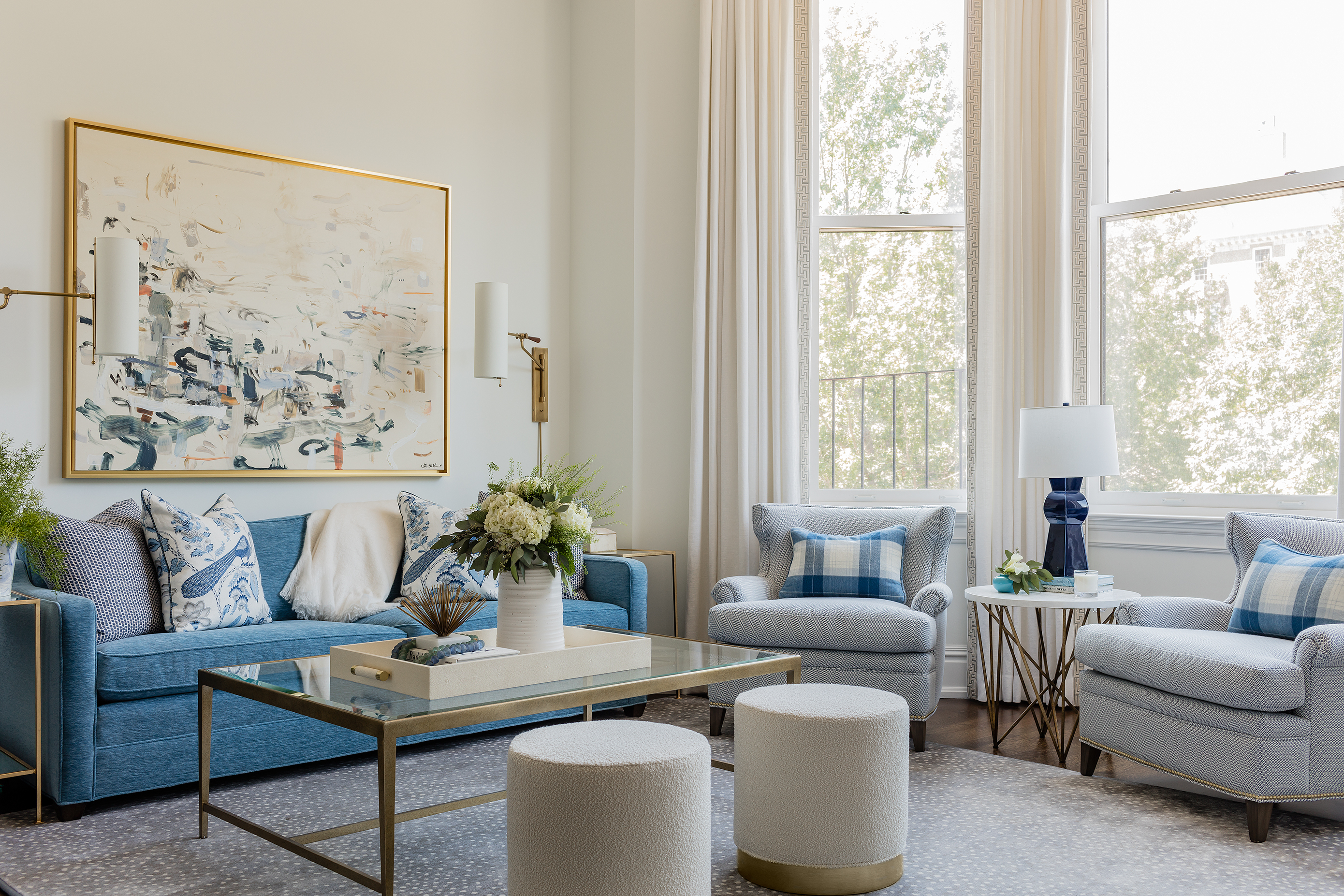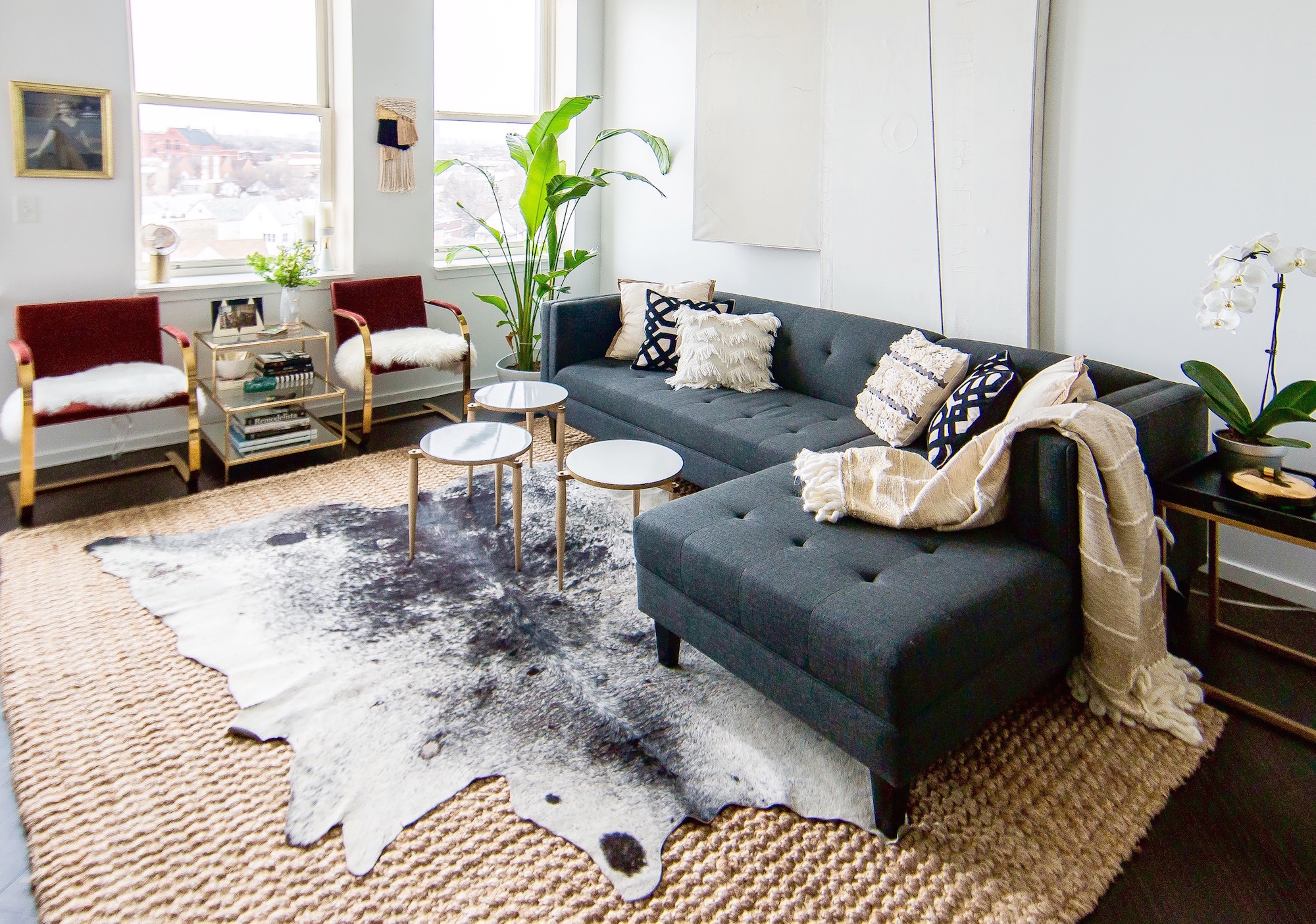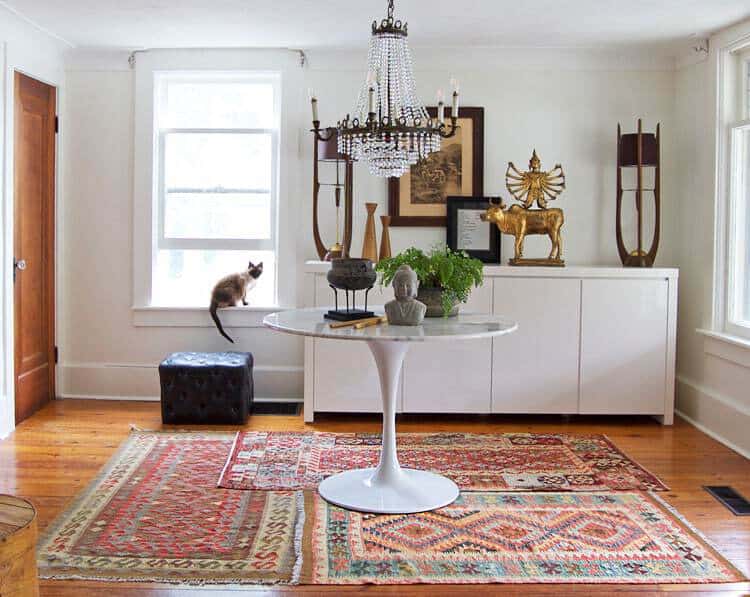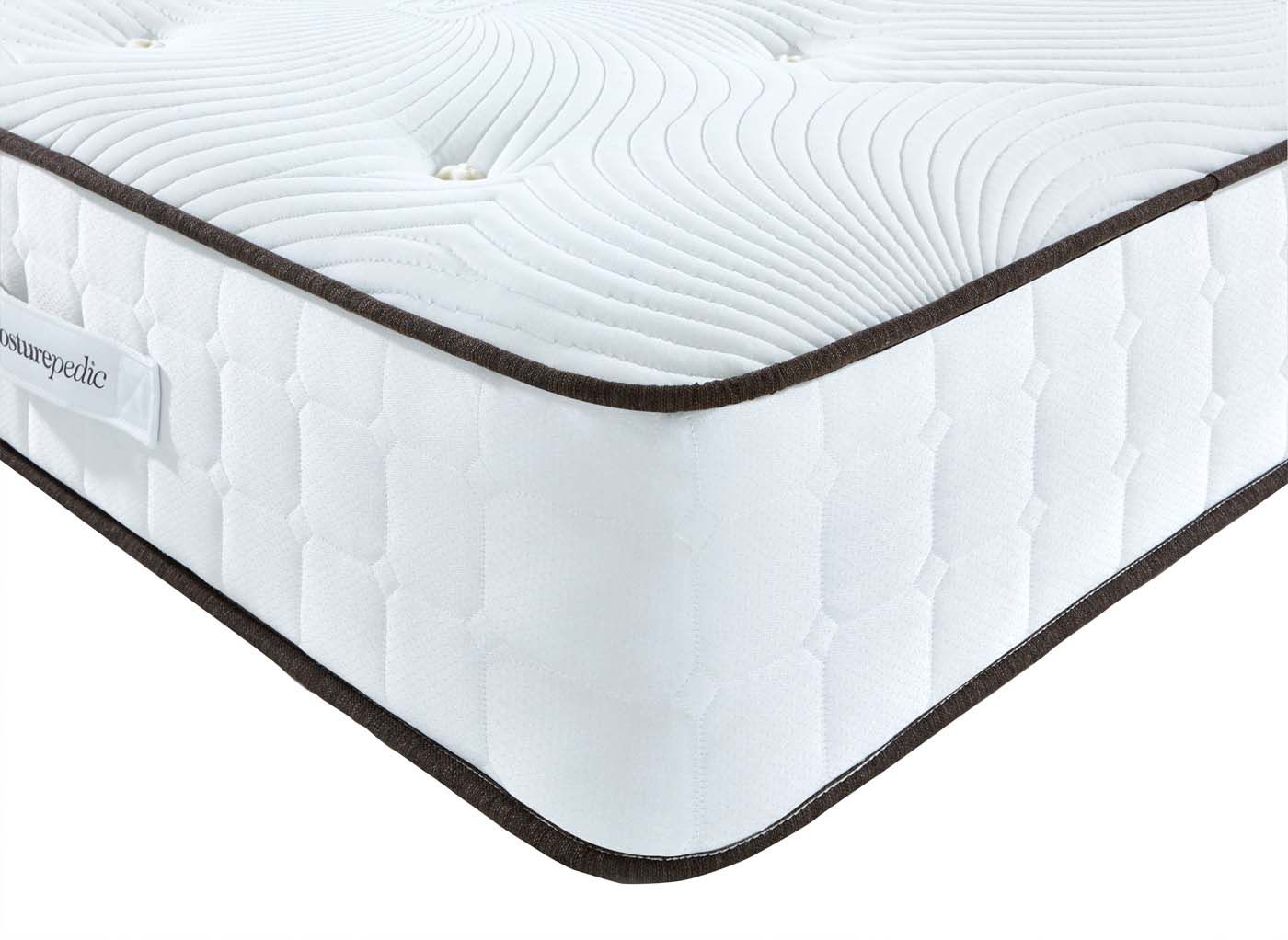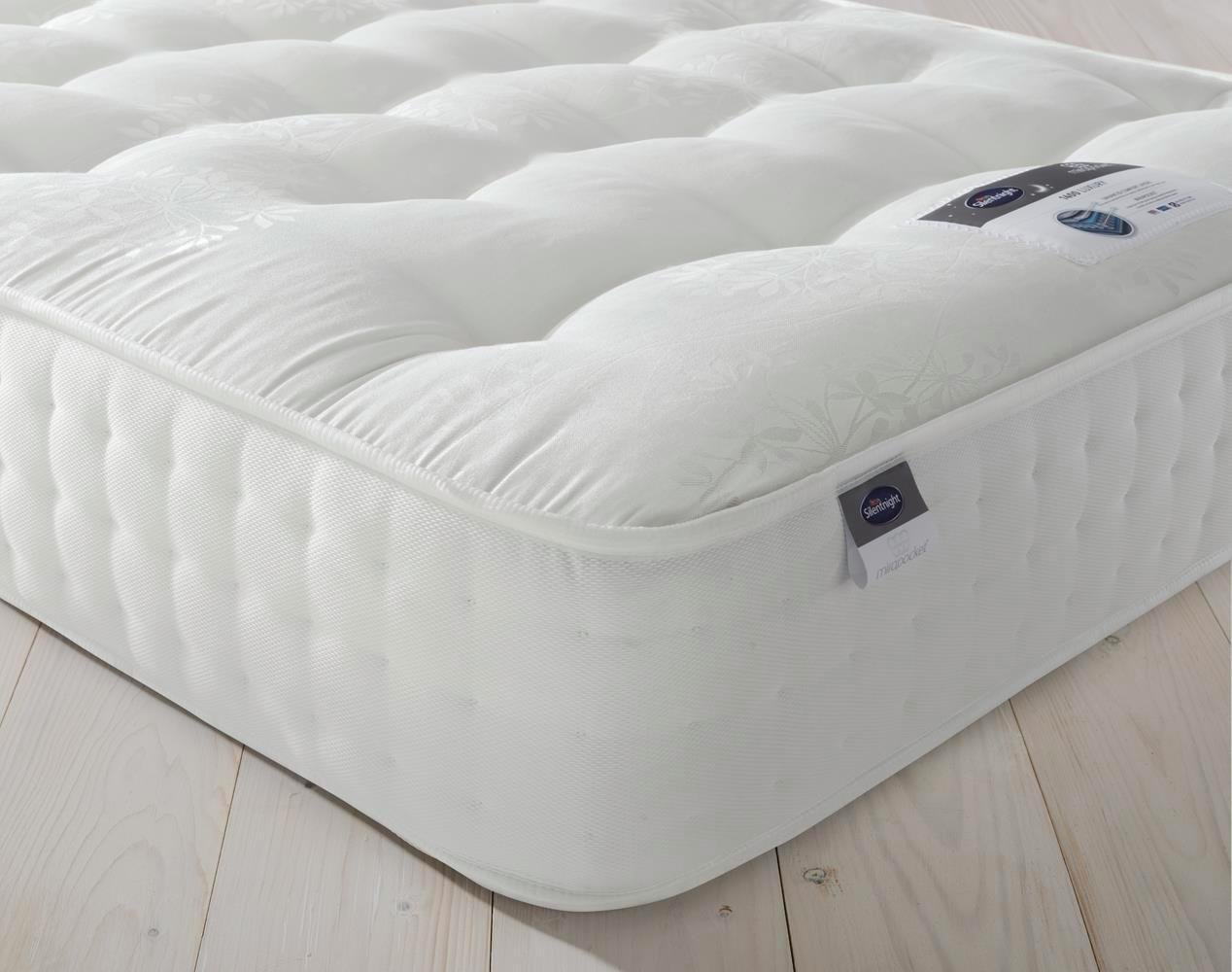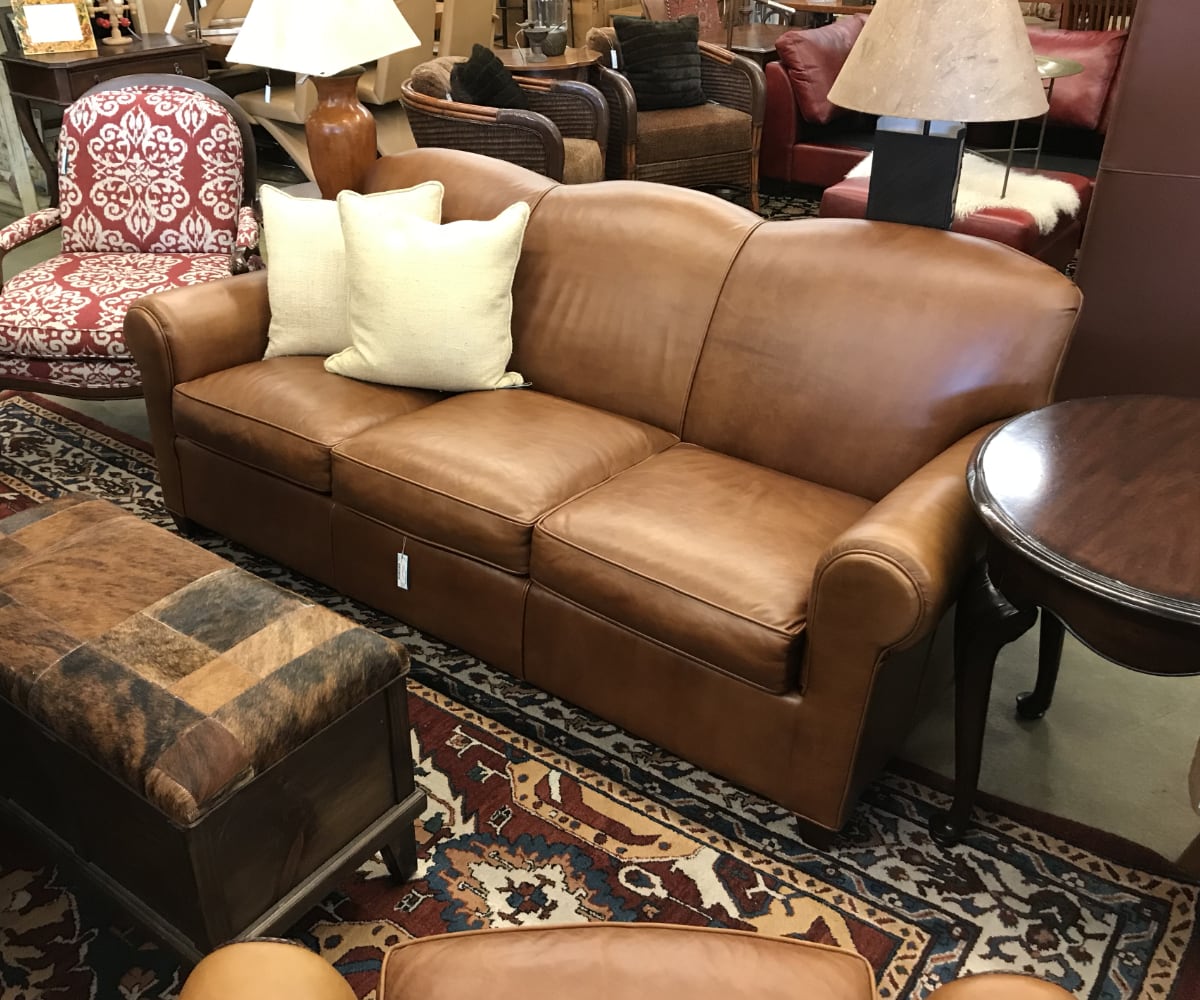Rug size is an important factor to consider when choosing a dining room rug. You want the rug to fit the space and not be too large or too small. A general rule is to have the rug extend at least 24 inches on all sides of the dining table, allowing enough room for chairs to comfortably move in and out. However, if you have a larger dining room, you may want to consider a larger rug to fill the space and create a more cohesive look.Rug Size
The placement of your dining room rug can greatly impact the overall look and feel of the space. For smaller dining rooms, a centered rug underneath the table can help define the dining area and make it feel more intimate. For larger dining rooms, you may want to consider placing the rug at an angle to add visual interest and break up the space.Rug Placement
When it comes to rug material, durability and ease of maintenance are key. Opt for stain-resistant materials such as wool or synthetic blends that can withstand spills and heavy foot traffic. Natural materials like jute or sisal can also be a good choice, but may require more frequent cleaning.Rug Material
Proper rug maintenance is essential for keeping your dining room rug looking its best. Regular vacuuming and spot cleaning can help prevent dirt and stains from setting in. If your rug is made of wool or natural fibers, be sure to follow the manufacturer's instructions for cleaning and care. Consider using a rug pad underneath your dining room rug to prevent slipping and add an extra layer of protection.Rug Maintenance
The color of your dining room rug can greatly impact the overall look and feel of the space. When choosing a color, consider the existing color scheme in your dining room and choose a rug that complements it. A neutral rug can help tie the room together, while a bold or patterned rug can add a pop of color and personality.Rug Color
If you want to add visual interest to your dining room, consider a rug with a pattern. Geometric, floral, or abstract patterns can add a modern touch, while traditional patterns can add a more classic and timeless look. Just be sure to choose a pattern that complements the rest of your dining room decor.Rug Patterns
The shape of your dining room rug can also make a big impact on the overall look of the space. Rectangular rugs are the most common choice for dining rooms, but don't be afraid to think outside the box. A round rug can add a softness to the room, while a square rug can help define a smaller dining area.Rug Shape
When choosing a dining room rug, don't forget about texture. A high-pile rug can add a cozy and luxurious feel to the space, while a low-pile rug can be easier to clean and maintain. Consider the overall texture of your dining room and choose a rug that complements it.Rug Texture
For a more unique and layered look, consider layering multiple rugs in your dining room. A smaller rug placed on top of a larger one can add dimension and texture to the space. Just be sure to choose rugs with complementary colors and patterns to avoid a cluttered look.Rug Layering
Lastly, consider your budget when choosing a dining room rug. Rugs can range in price from budget-friendly to high-end, so it's important to set a budget before you start shopping. Keep in mind that a quality rug can last for many years, so it may be worth investing in a higher-priced option. In conclusion, choosing the right dining room rug involves considering factors such as size, placement, material, maintenance, color, pattern, shape, texture, and budget. By following these tips, you can find the perfect rug to complement your dining room and create a beautiful and inviting space for family and friends to gather.Rug Budget
Dining Room Rug Tips for a Cozy and Stylish Space
/choose-dining-room-rug-1391112-hero-4206622634654a6287cc0aff928c1fa1.jpg)
Choosing the Perfect Size
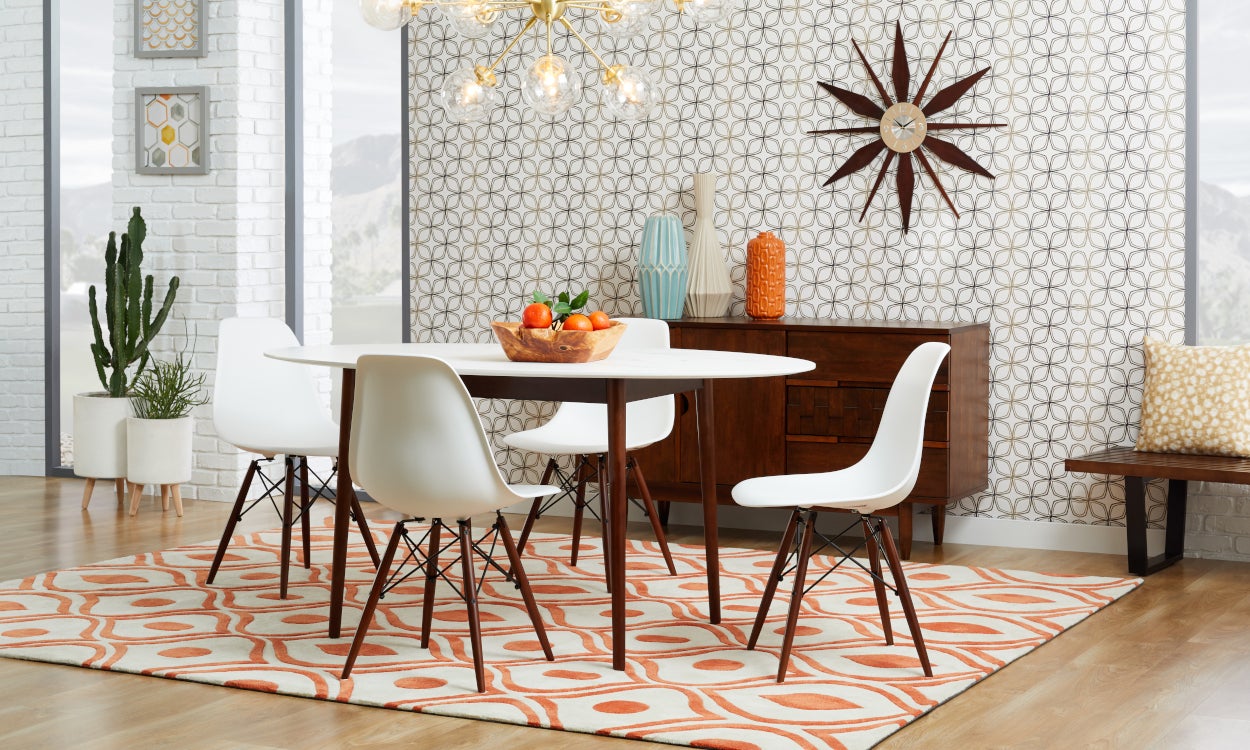 When it comes to decorating your dining room, one of the most important elements is the
rug
. Not only does it add warmth and style to the space, but it also helps to define the dining area. However, choosing the right size rug for your dining room can be a bit tricky.
Professional designers
recommend that your dining room rug should be at least 2 feet wider and longer than your dining table. This ensures that your chairs can comfortably fit on the rug when pulled out and that there is enough space for movement around the table.
When it comes to decorating your dining room, one of the most important elements is the
rug
. Not only does it add warmth and style to the space, but it also helps to define the dining area. However, choosing the right size rug for your dining room can be a bit tricky.
Professional designers
recommend that your dining room rug should be at least 2 feet wider and longer than your dining table. This ensures that your chairs can comfortably fit on the rug when pulled out and that there is enough space for movement around the table.
Consider the Shape
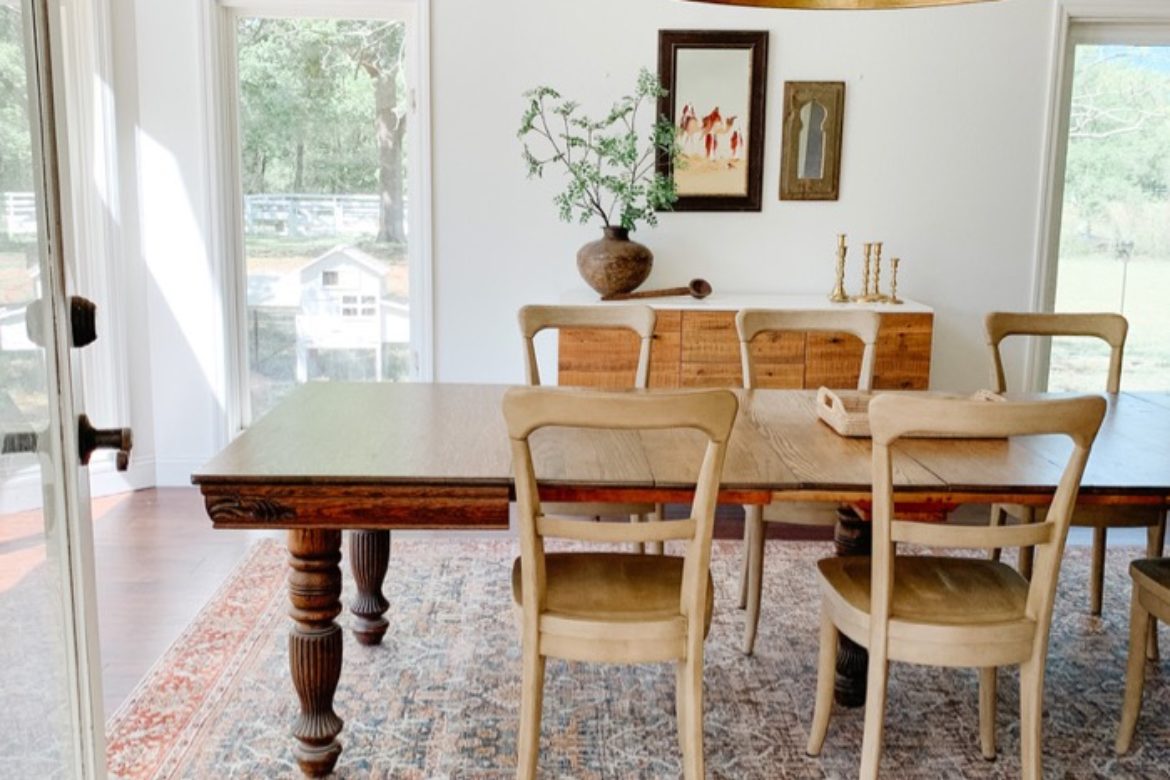 While rectangular rugs are the most common choice for dining rooms, don't be afraid to think outside the box and consider different shapes. A round rug can add visual interest and soften the sharp angles of a rectangular dining table. If you have a square dining table, a square rug can create a cohesive look. Just make sure that the rug is still large enough to accommodate your dining chairs.
While rectangular rugs are the most common choice for dining rooms, don't be afraid to think outside the box and consider different shapes. A round rug can add visual interest and soften the sharp angles of a rectangular dining table. If you have a square dining table, a square rug can create a cohesive look. Just make sure that the rug is still large enough to accommodate your dining chairs.
Material Matters
 When it comes to a dining room rug, the
material
you choose is just as important as the size and shape. You want a rug that is durable and easy to clean, as dining rooms are high-traffic areas that are prone to spills. Consider a flatweave rug, such as wool or cotton, which are both durable and easy to clean. If you want a bit more luxury, a soft and plush rug like a shag or a wool-blend can add coziness to the space.
When it comes to a dining room rug, the
material
you choose is just as important as the size and shape. You want a rug that is durable and easy to clean, as dining rooms are high-traffic areas that are prone to spills. Consider a flatweave rug, such as wool or cotton, which are both durable and easy to clean. If you want a bit more luxury, a soft and plush rug like a shag or a wool-blend can add coziness to the space.
Don't Forget About the Colors and Patterns
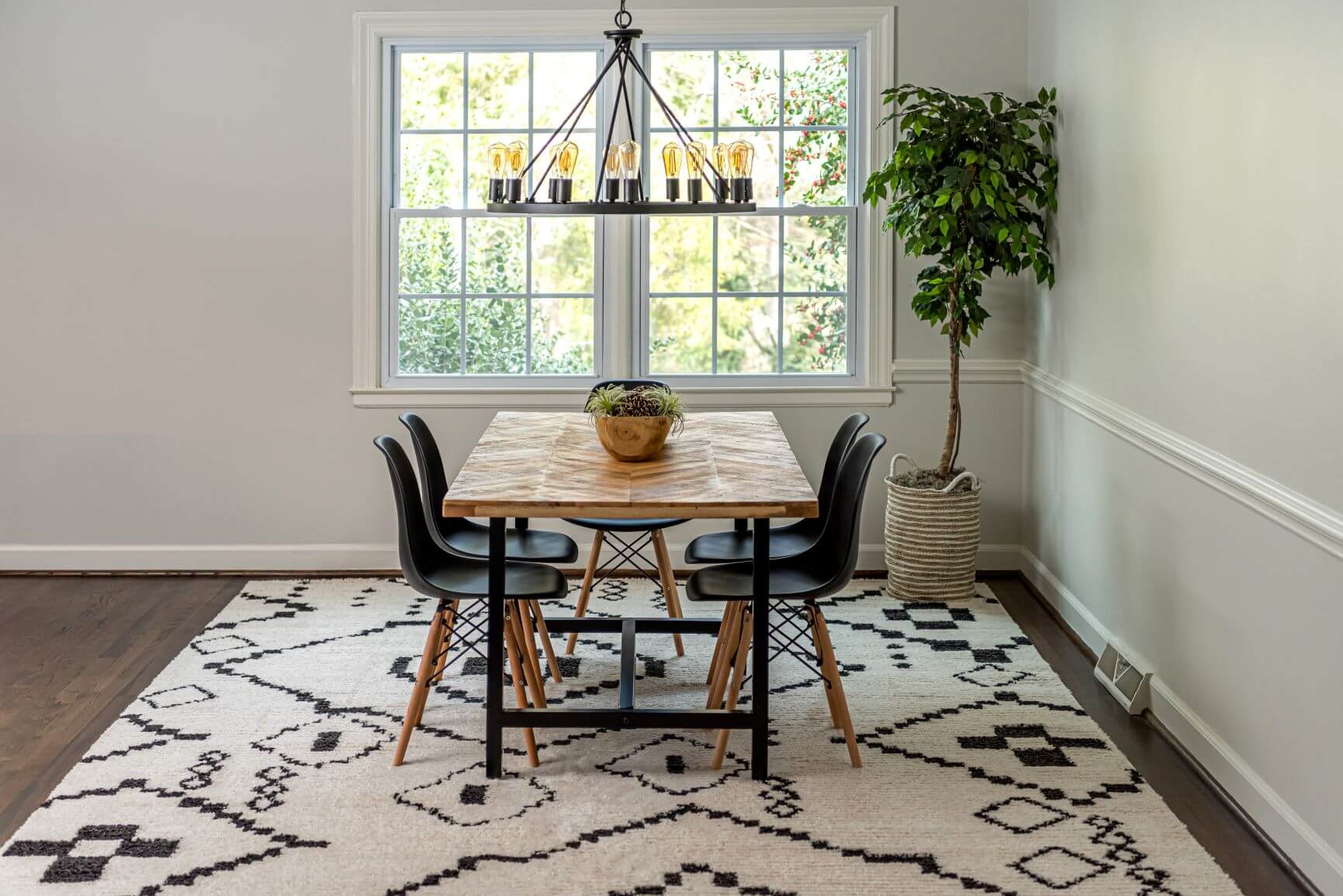 The
color and pattern
of your dining room rug can make a big impact on the overall look of the space. If your dining room has neutral walls and furniture, a bold and colorful rug can add a pop of personality. On the other hand, if your dining room has a lot of patterns and textures, a solid colored rug can balance out the space. Just make sure to choose a color and pattern that complements your existing decor.
The
color and pattern
of your dining room rug can make a big impact on the overall look of the space. If your dining room has neutral walls and furniture, a bold and colorful rug can add a pop of personality. On the other hand, if your dining room has a lot of patterns and textures, a solid colored rug can balance out the space. Just make sure to choose a color and pattern that complements your existing decor.
Layering for Extra Style
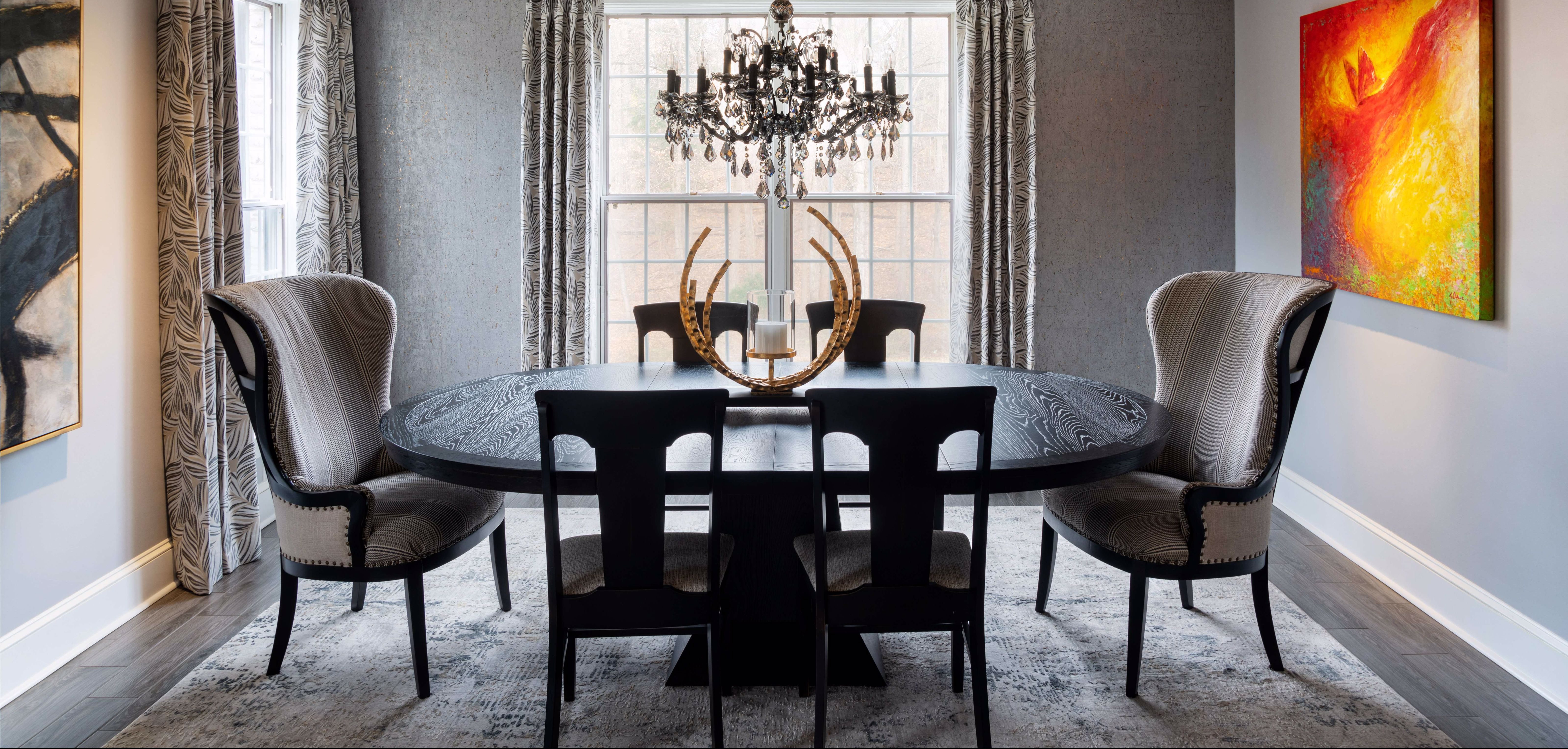 For an added touch of sophistication and style, consider layering your dining room rug. Start with a larger neutral rug as a base and then add a smaller rug on top in a complementary color or pattern. This creates a layered look that adds dimension and visual interest to your dining room.
In conclusion, choosing the right dining room rug can make a big difference in the overall look and feel of your space. Consider the size, shape, material, color, and pattern when making your decision, and don't be afraid to get creative and layer your rugs for an extra stylish touch. With these tips in mind, you can create a cozy and inviting dining room that is perfect for entertaining or enjoying meals with your family.
For an added touch of sophistication and style, consider layering your dining room rug. Start with a larger neutral rug as a base and then add a smaller rug on top in a complementary color or pattern. This creates a layered look that adds dimension and visual interest to your dining room.
In conclusion, choosing the right dining room rug can make a big difference in the overall look and feel of your space. Consider the size, shape, material, color, and pattern when making your decision, and don't be afraid to get creative and layer your rugs for an extra stylish touch. With these tips in mind, you can create a cozy and inviting dining room that is perfect for entertaining or enjoying meals with your family.
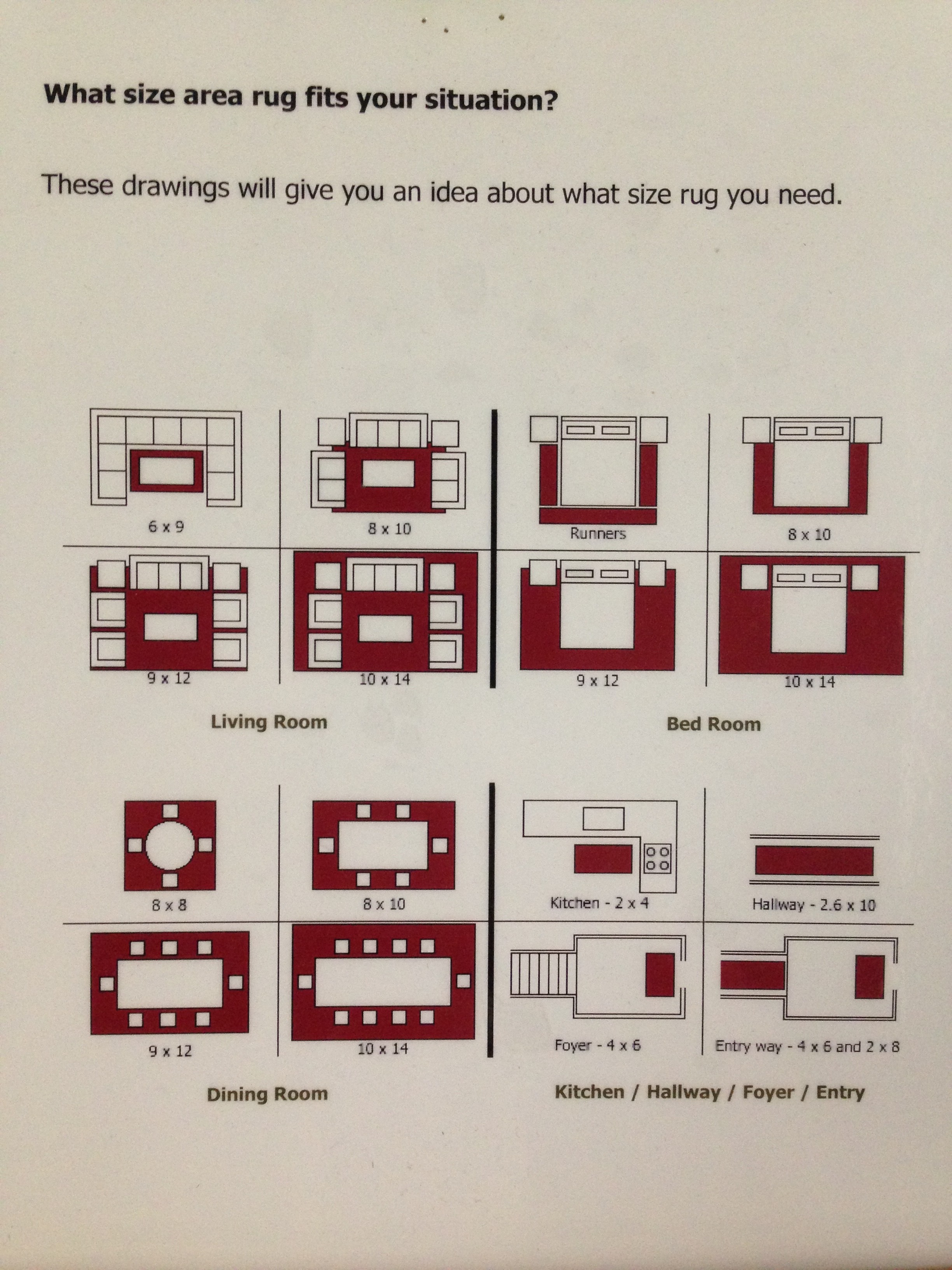


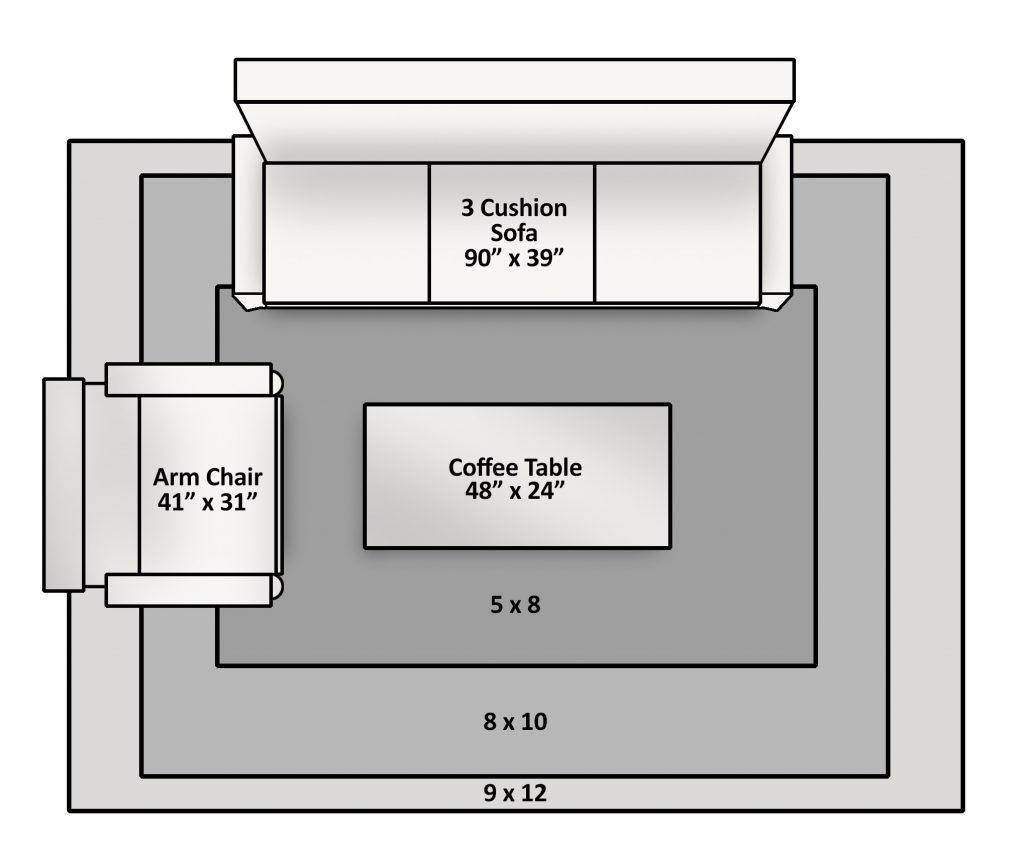


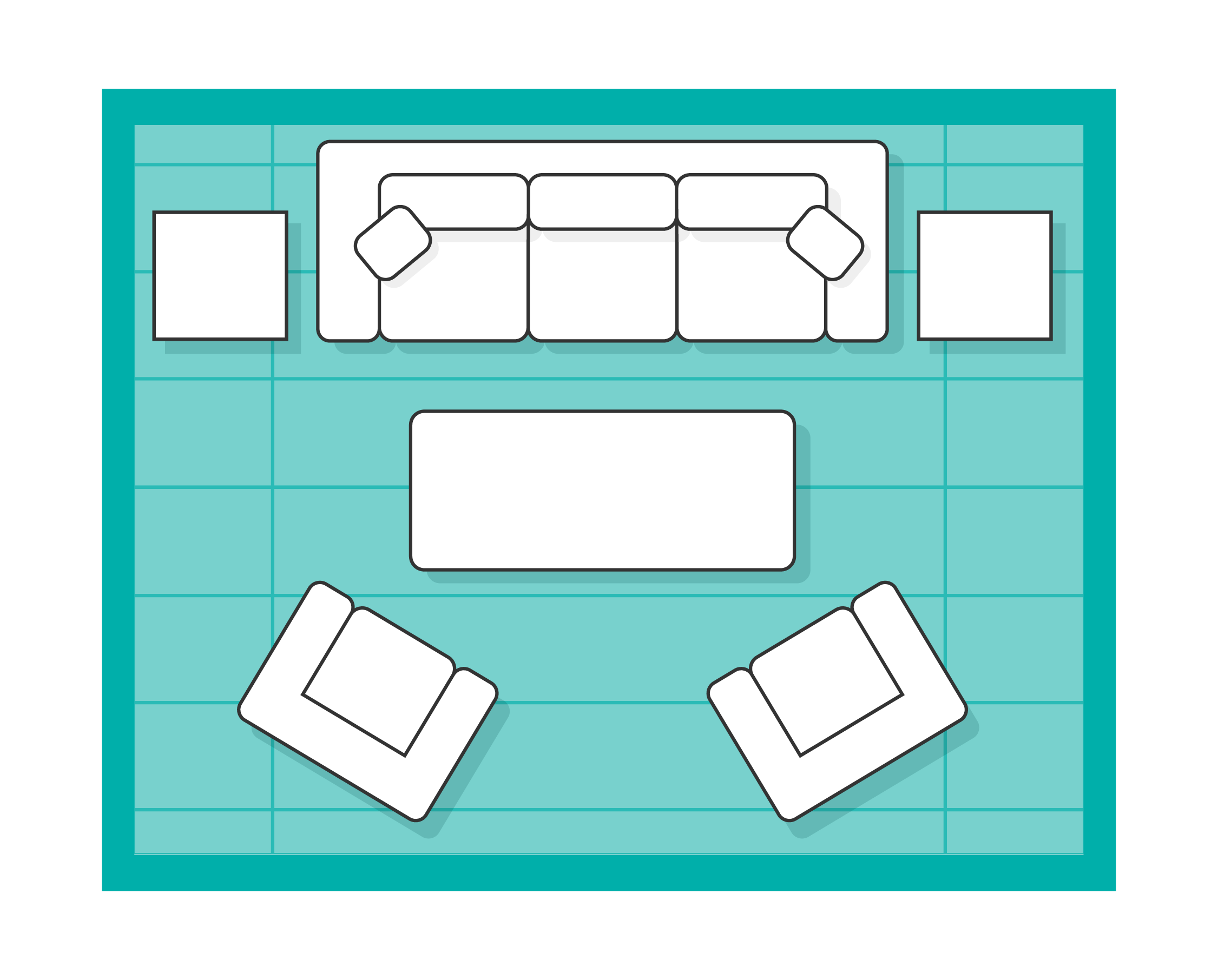
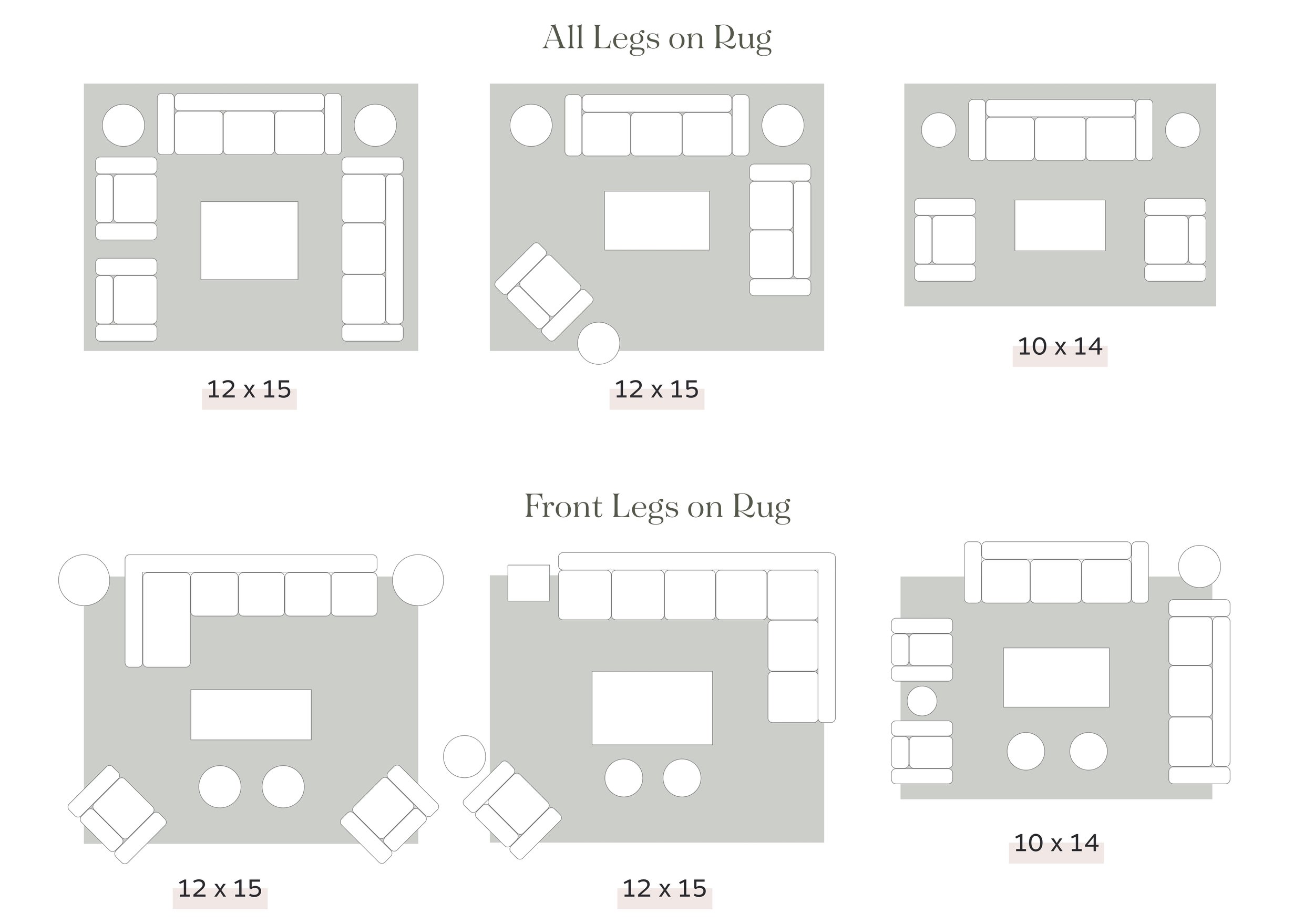
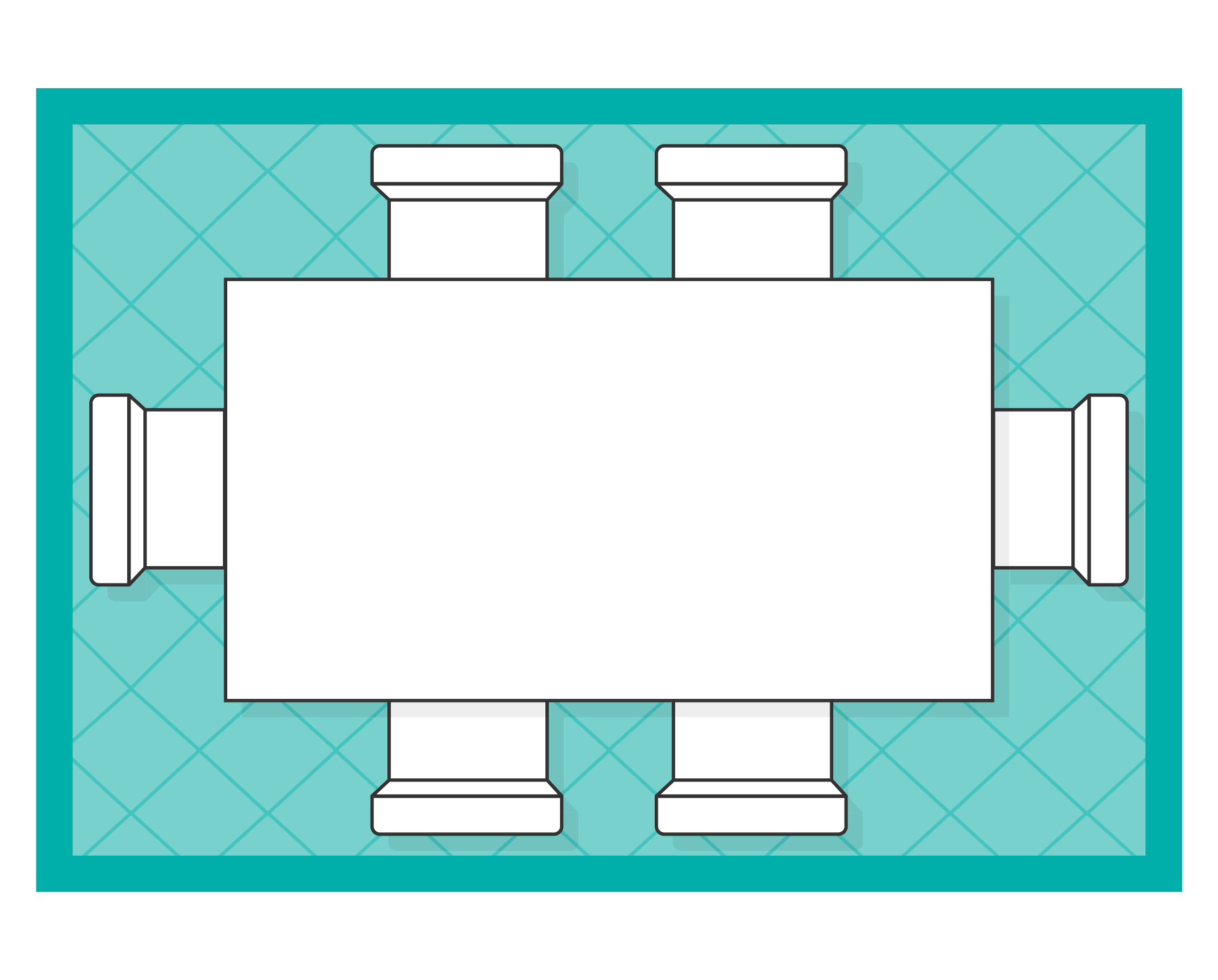
:max_bytes(150000):strip_icc()/how-to-select-area-rug-size-2908721_FINAL-3598d6077e3f458dae54190af95cc629.png)





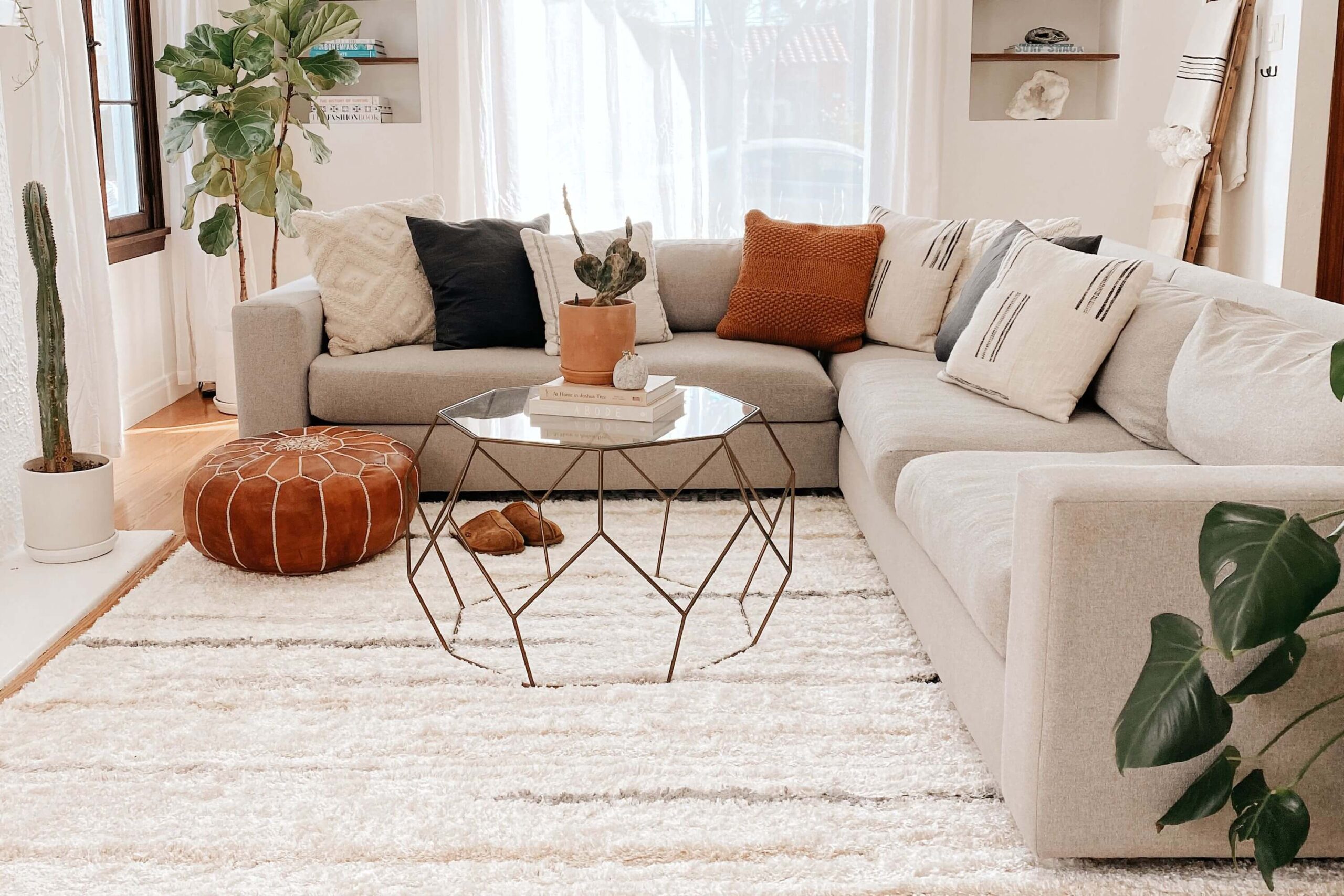
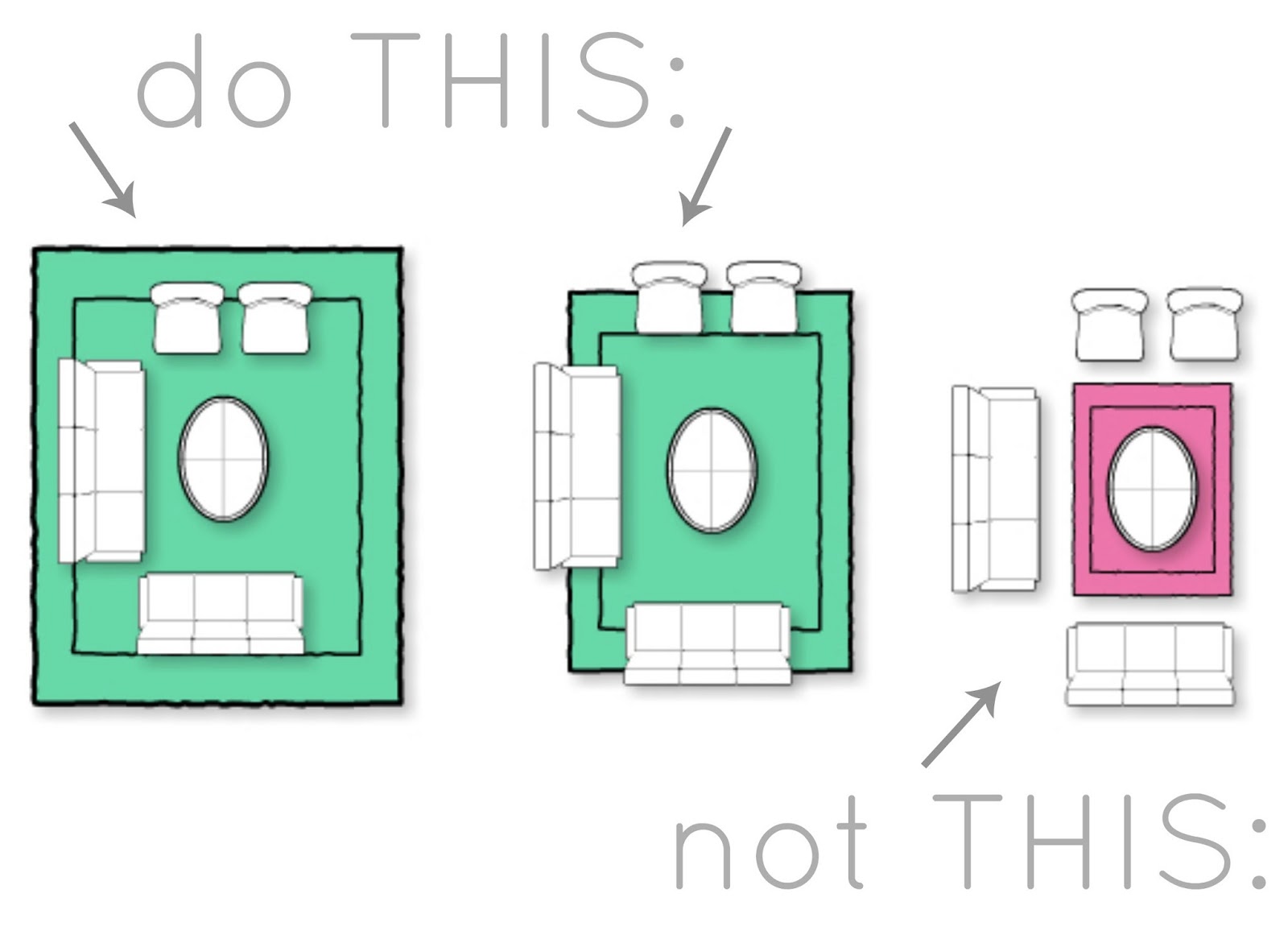
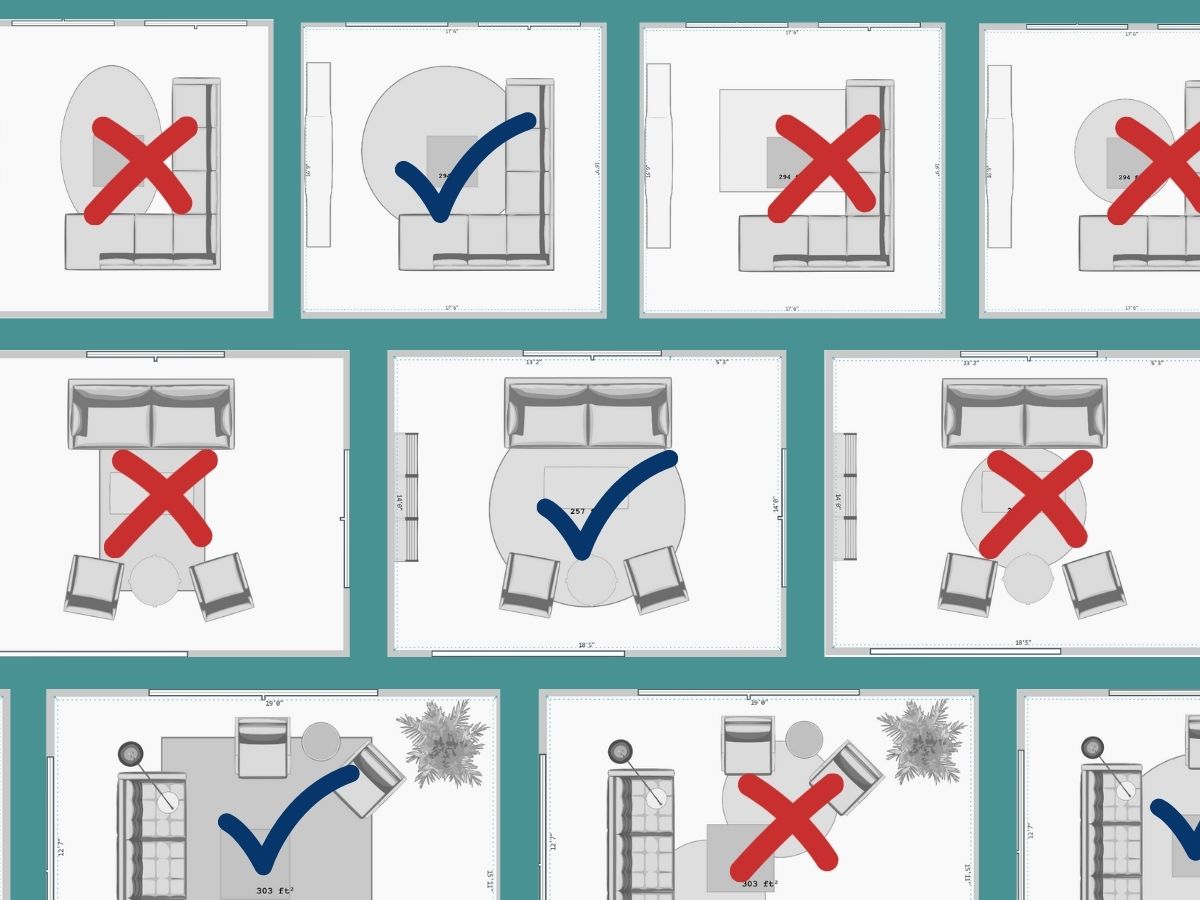



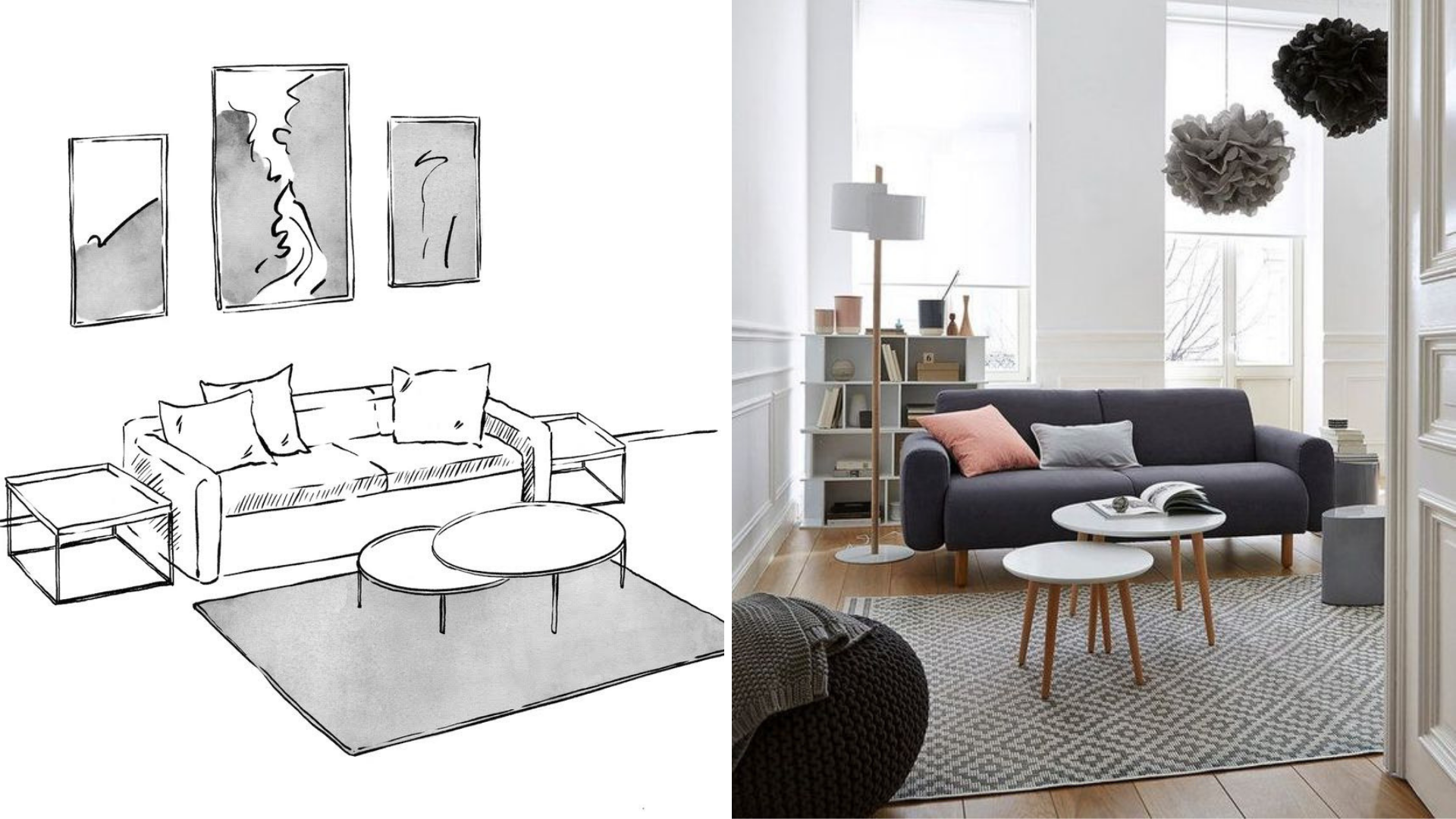
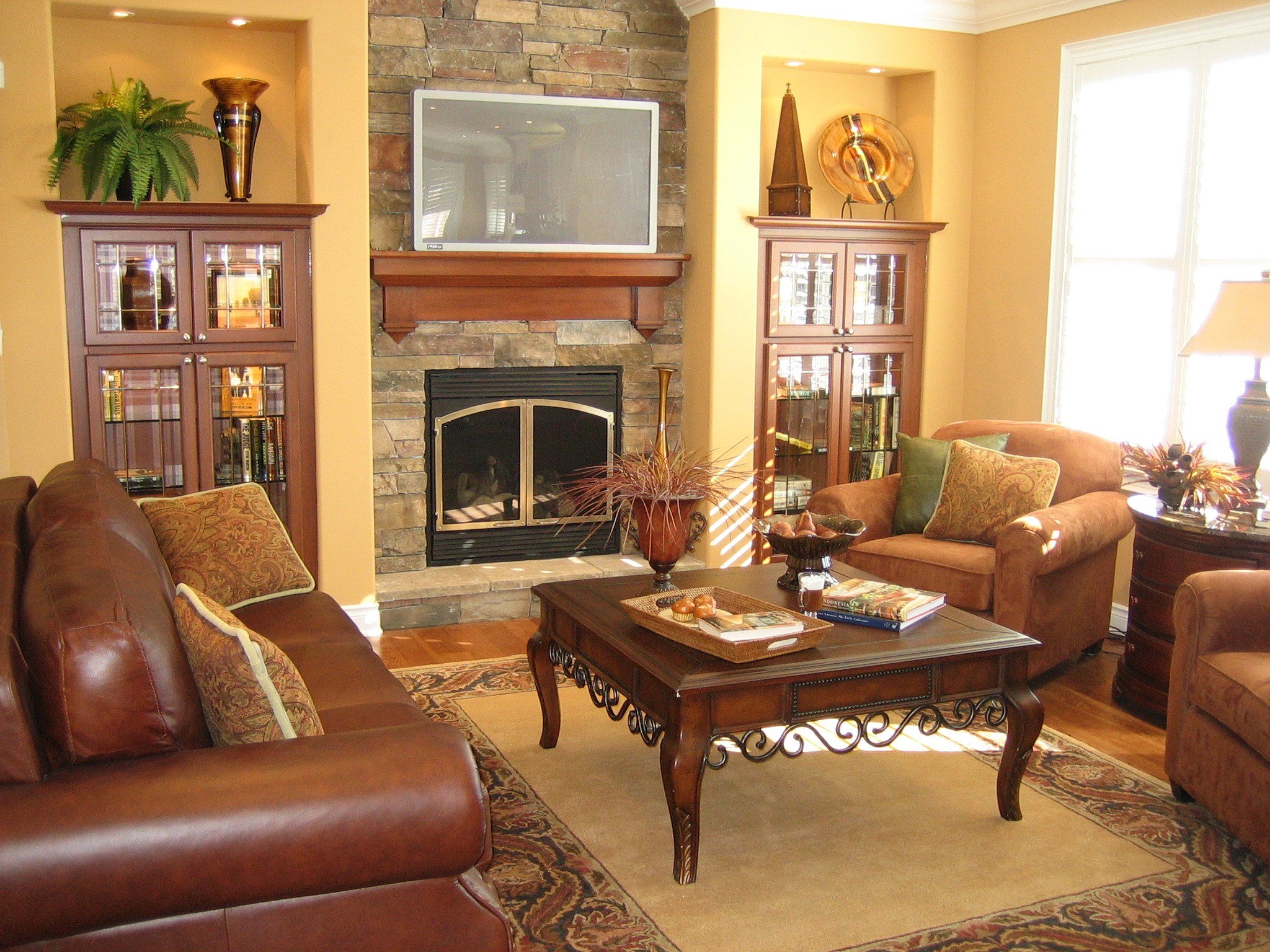




/samples-of-color-of-a-carpet-505106106-58758e045f9b584db373c6b4.jpg)

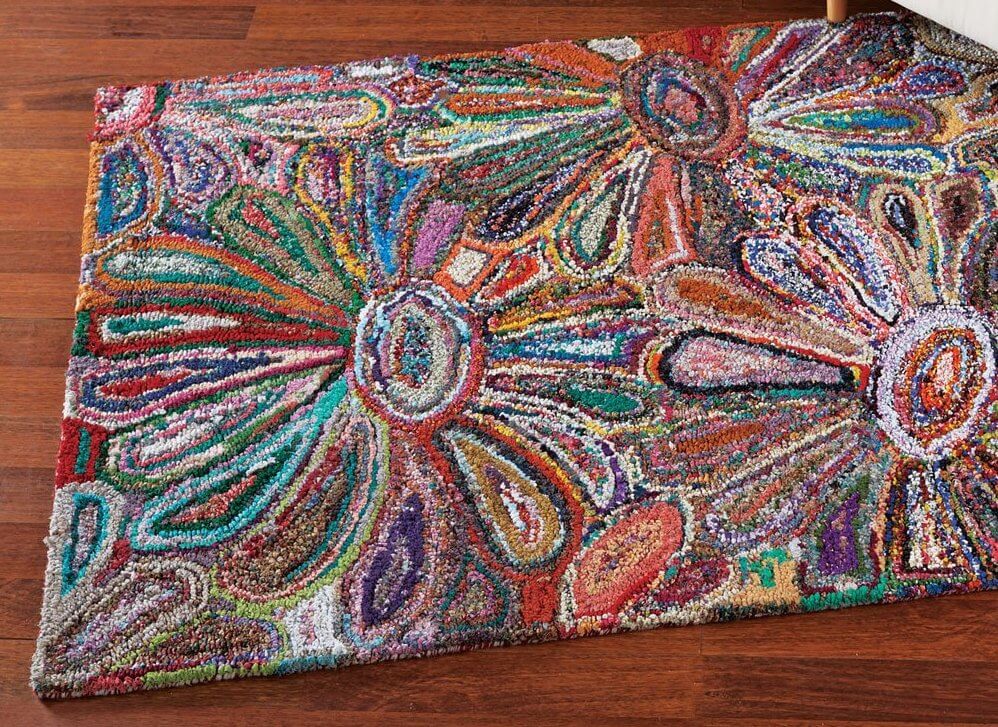

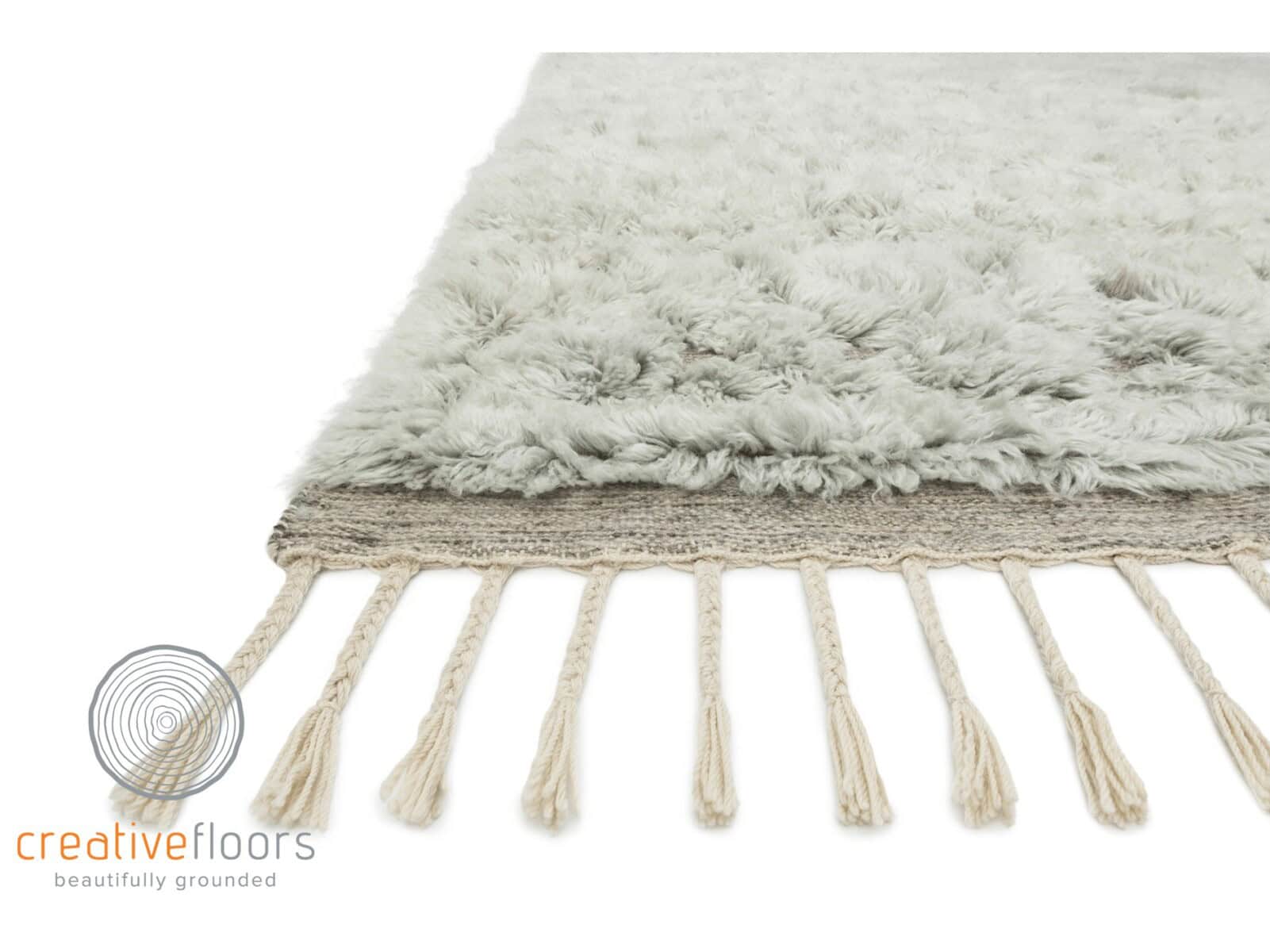


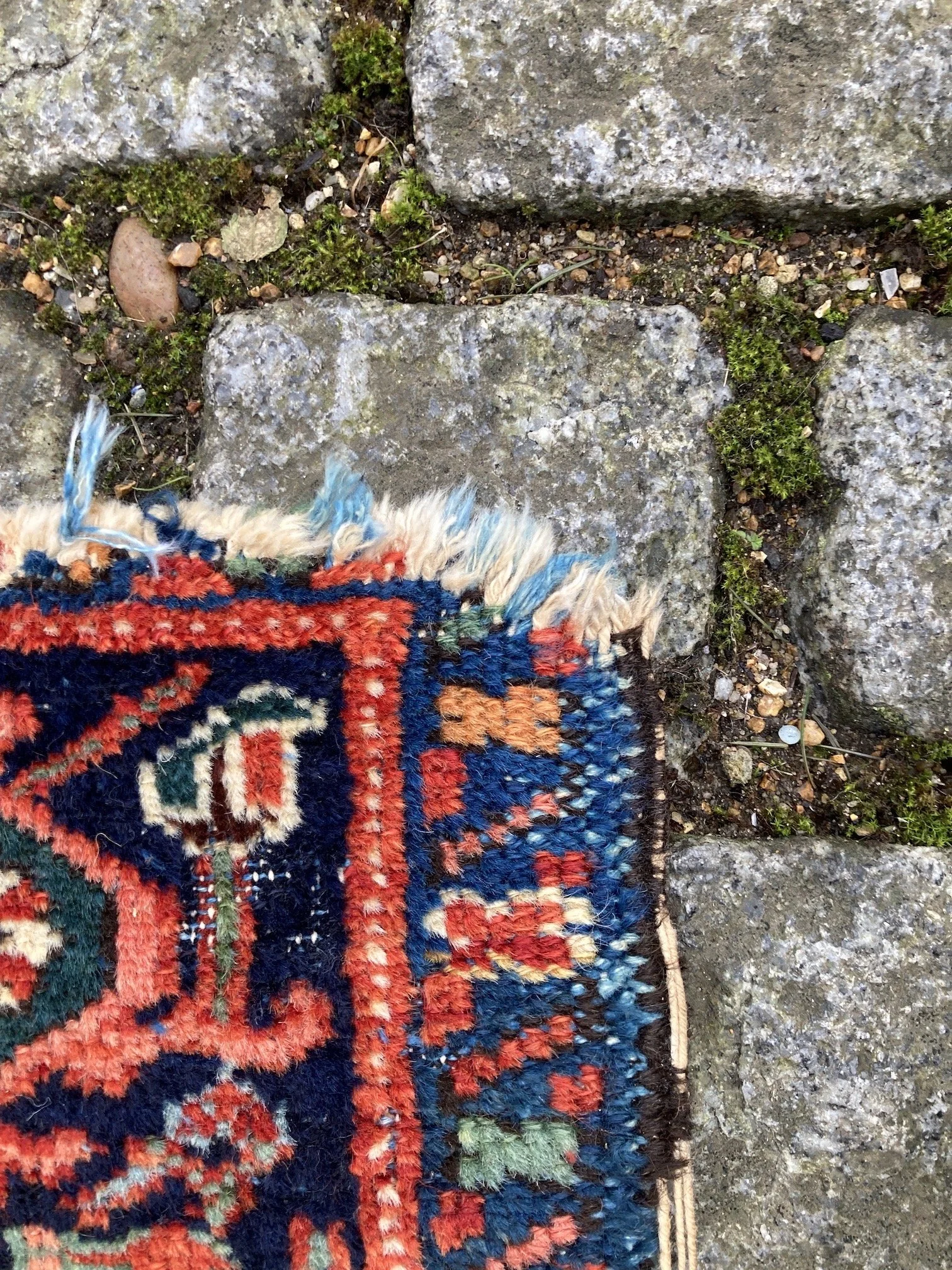




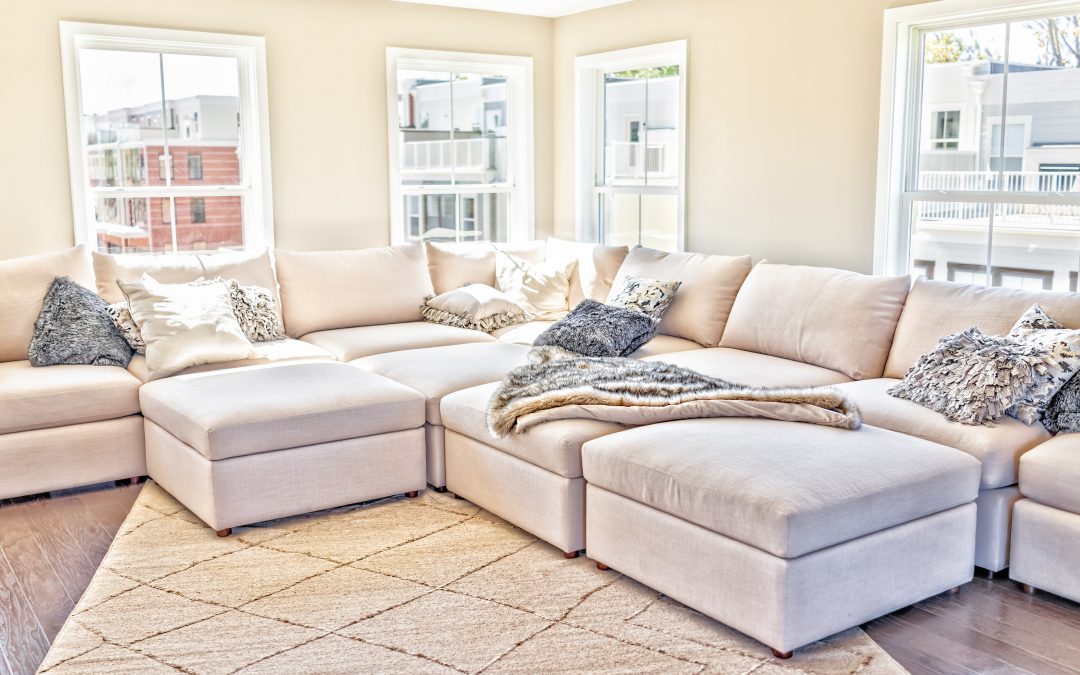

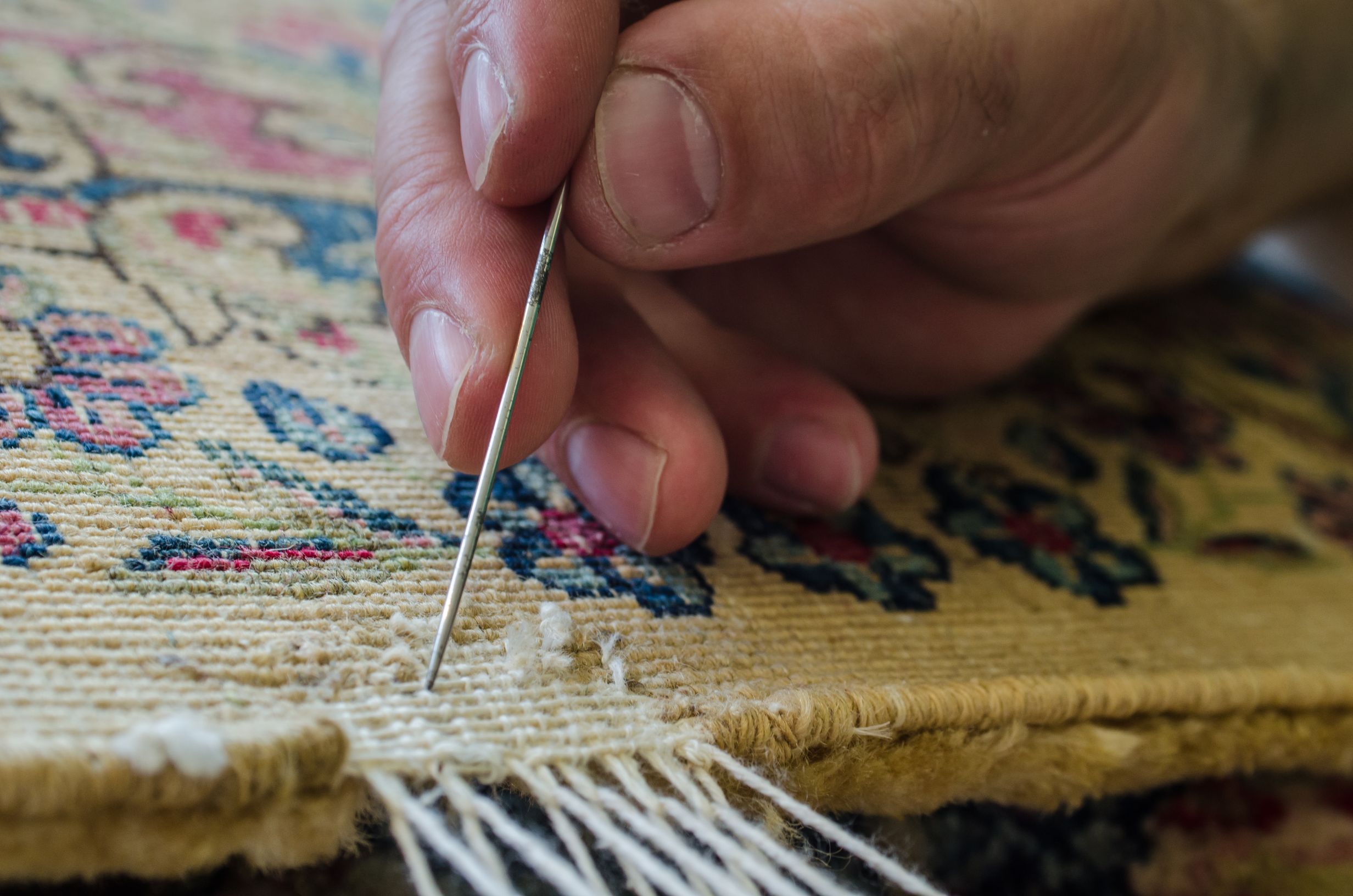


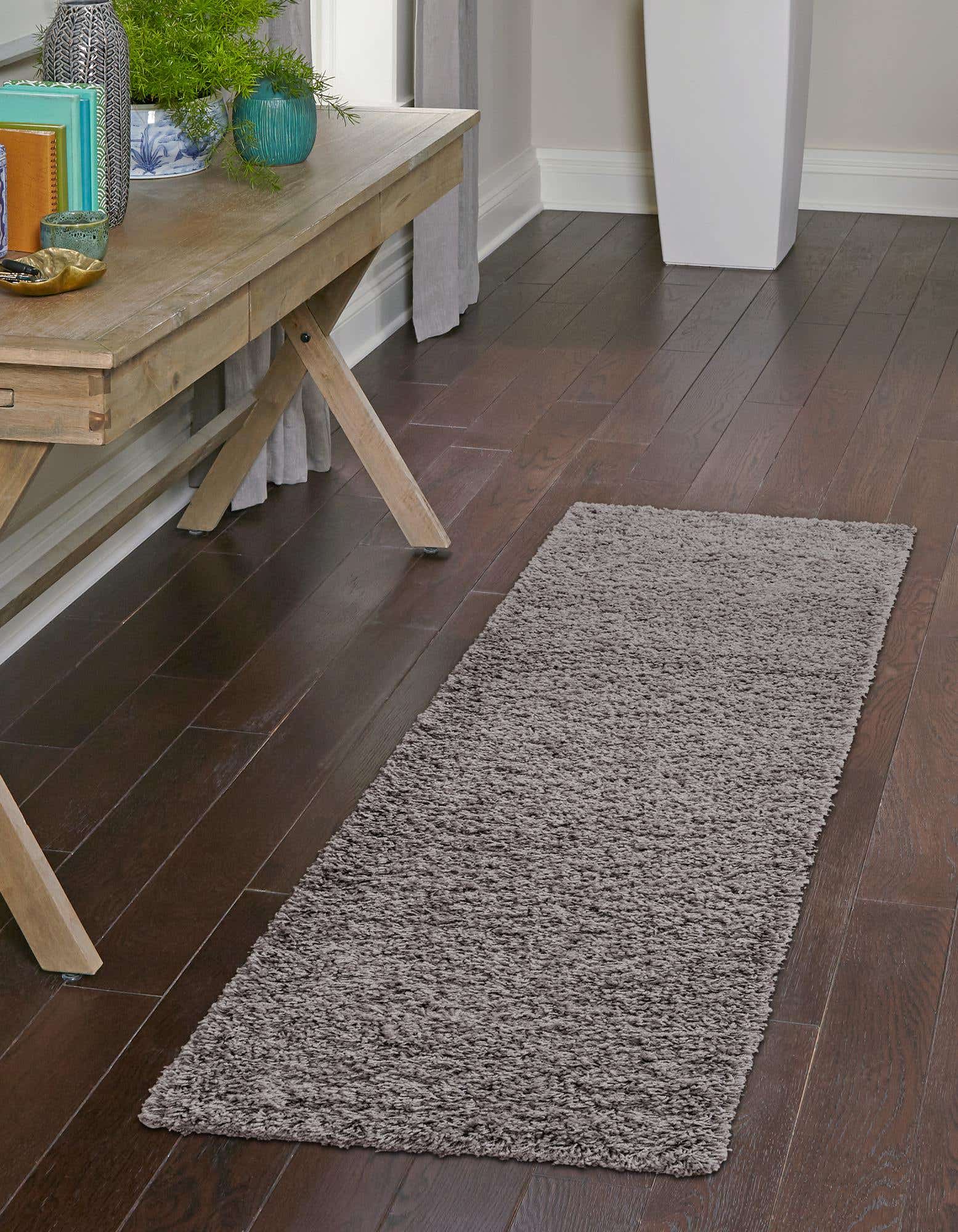

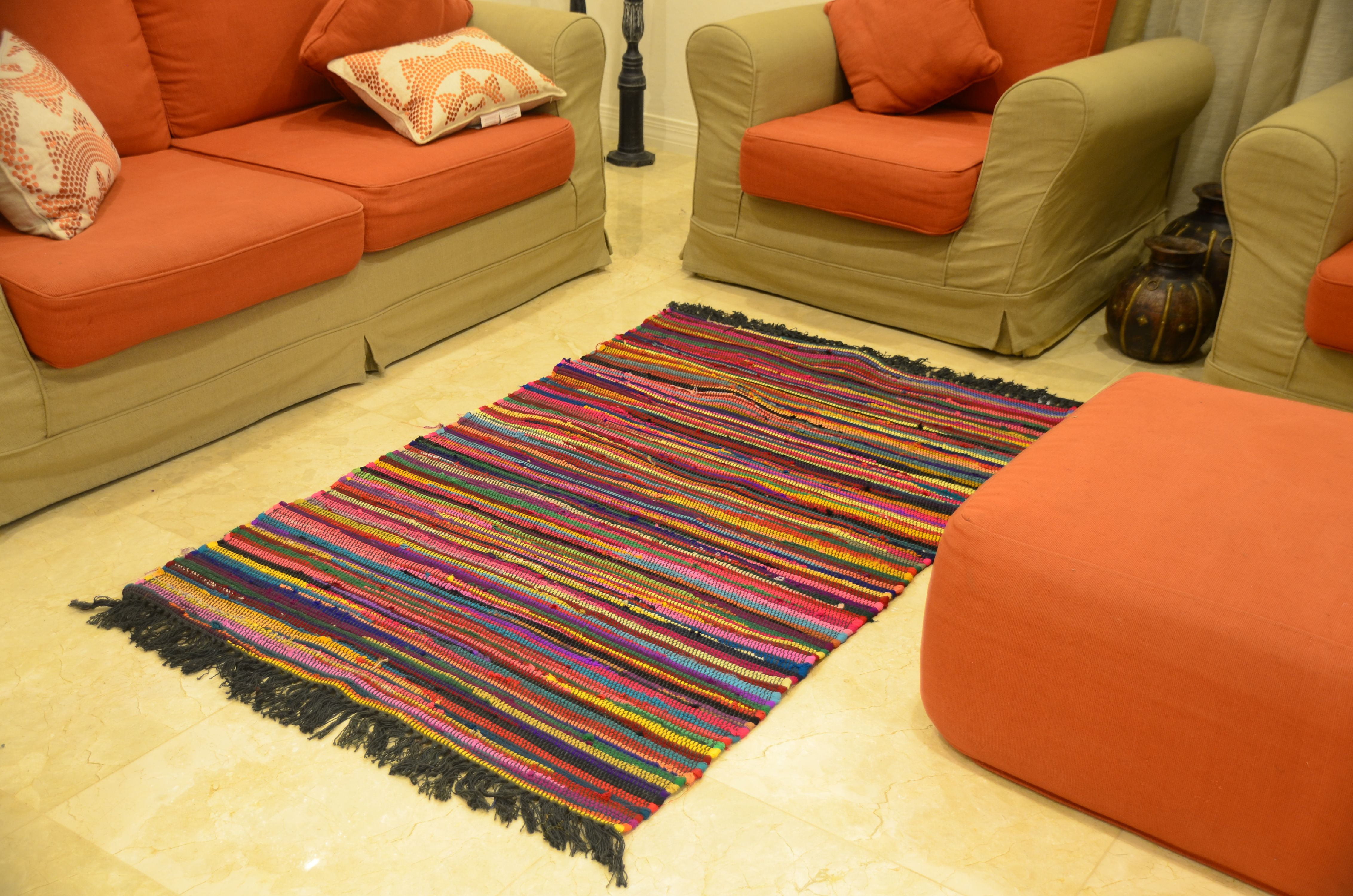
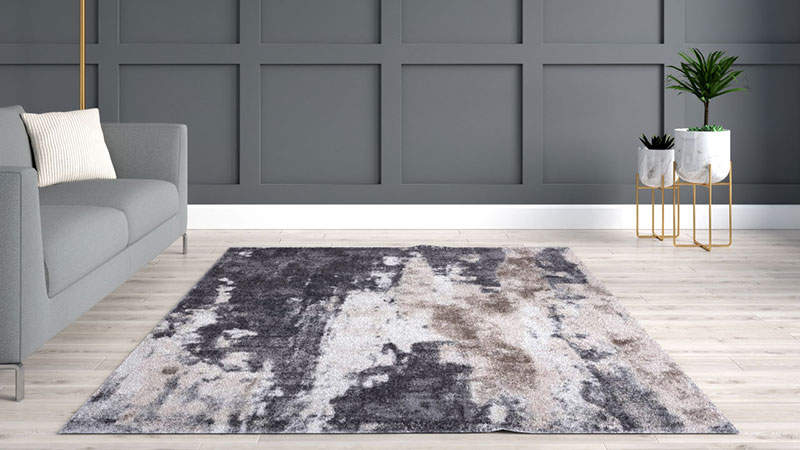

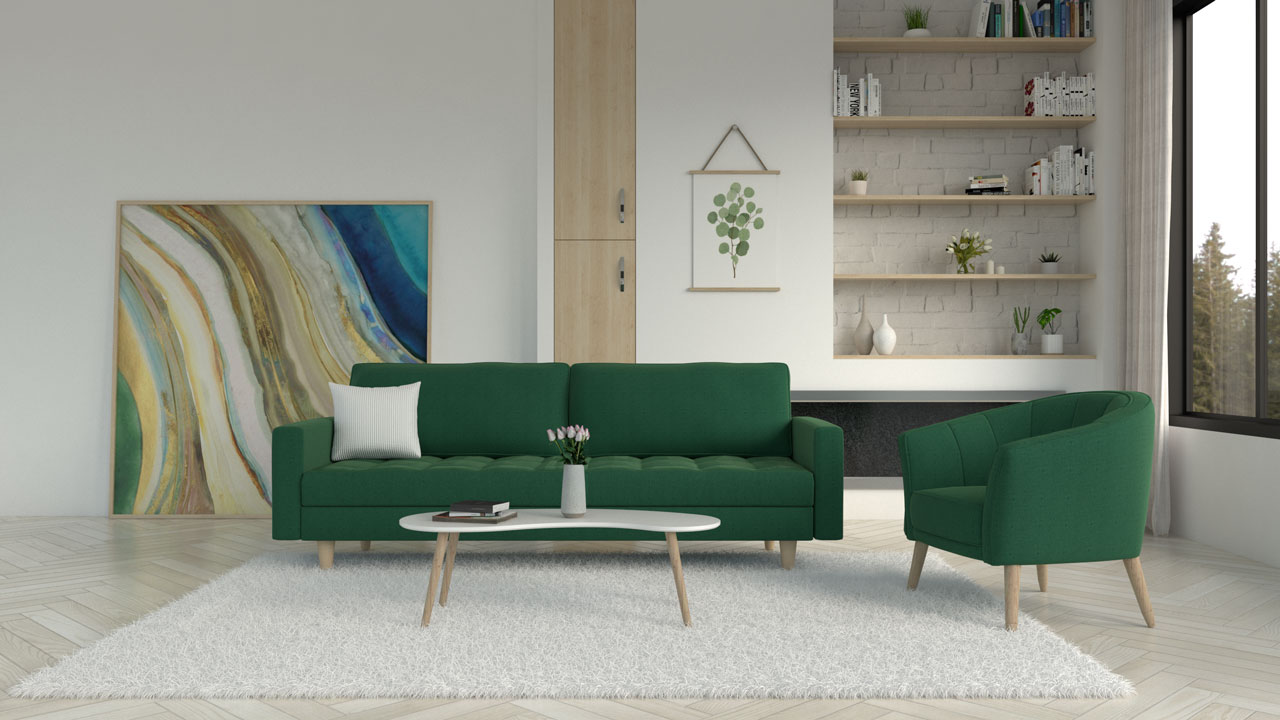

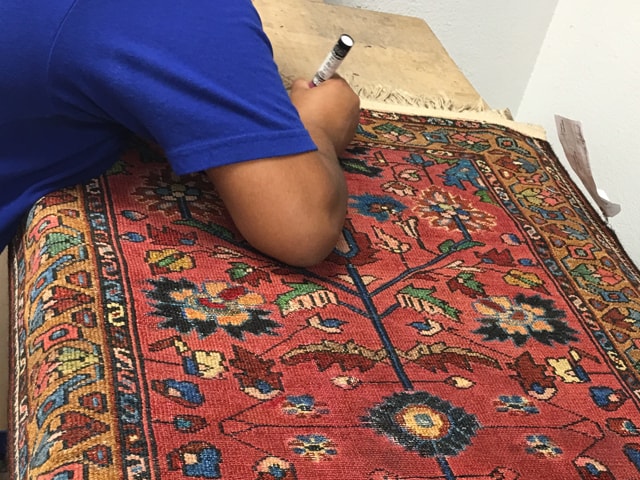
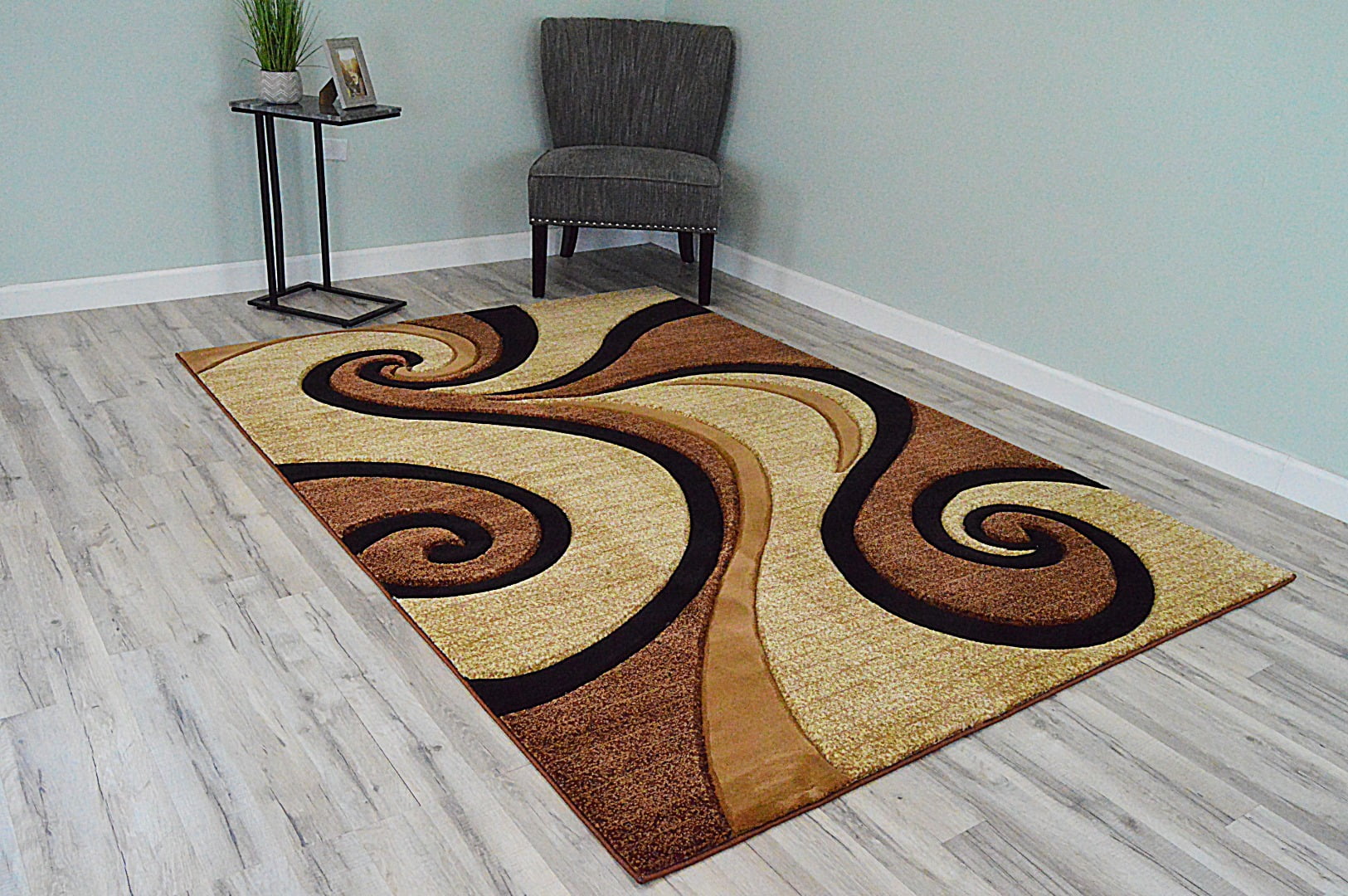
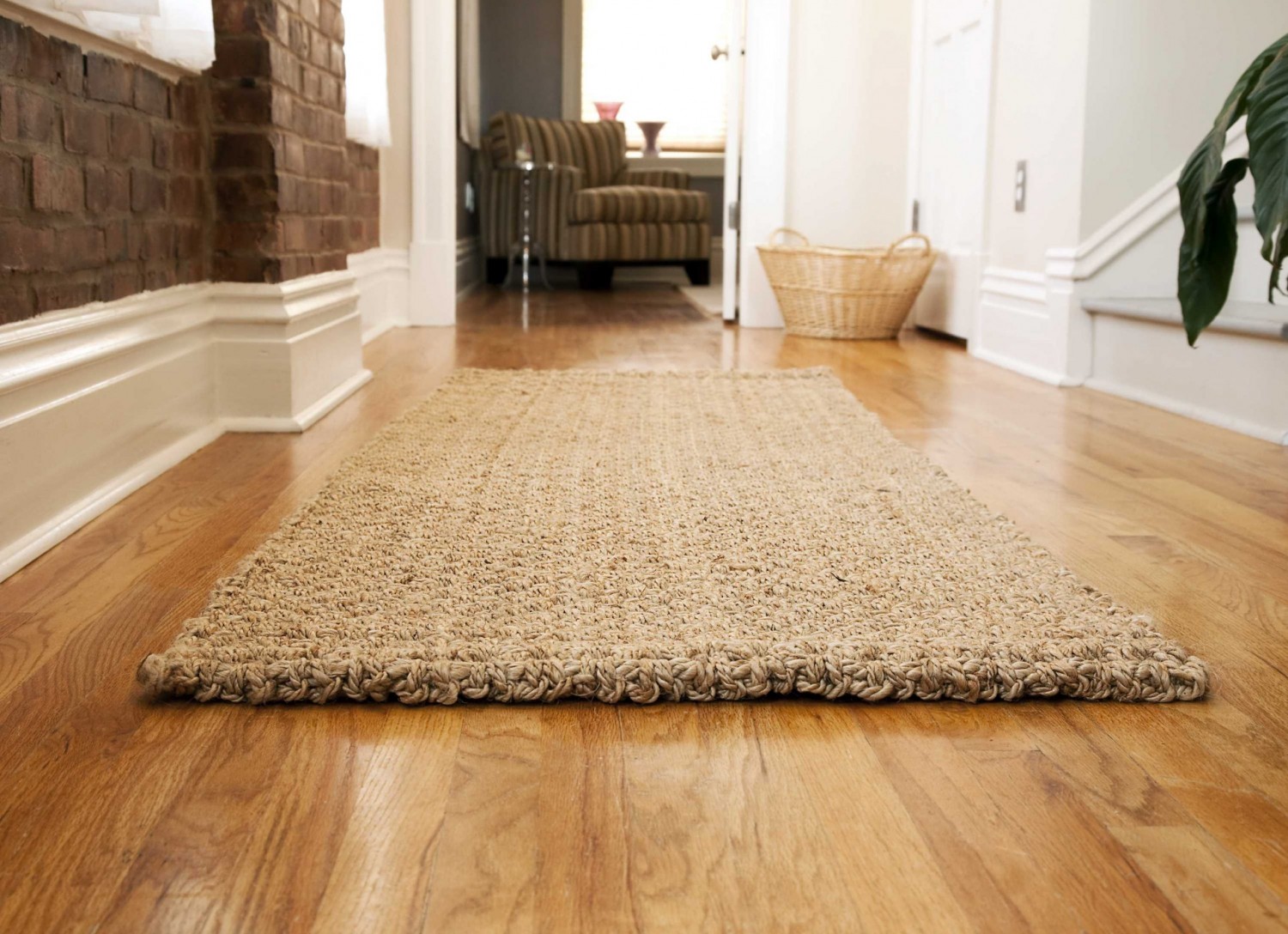


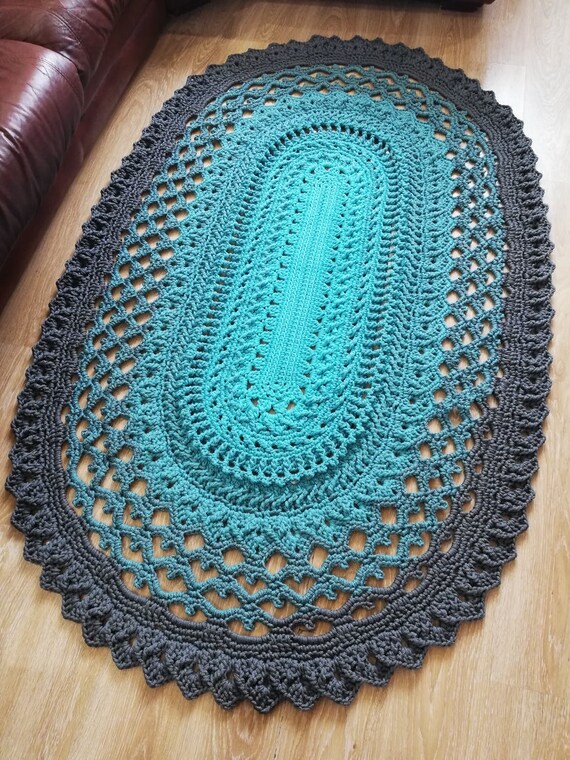
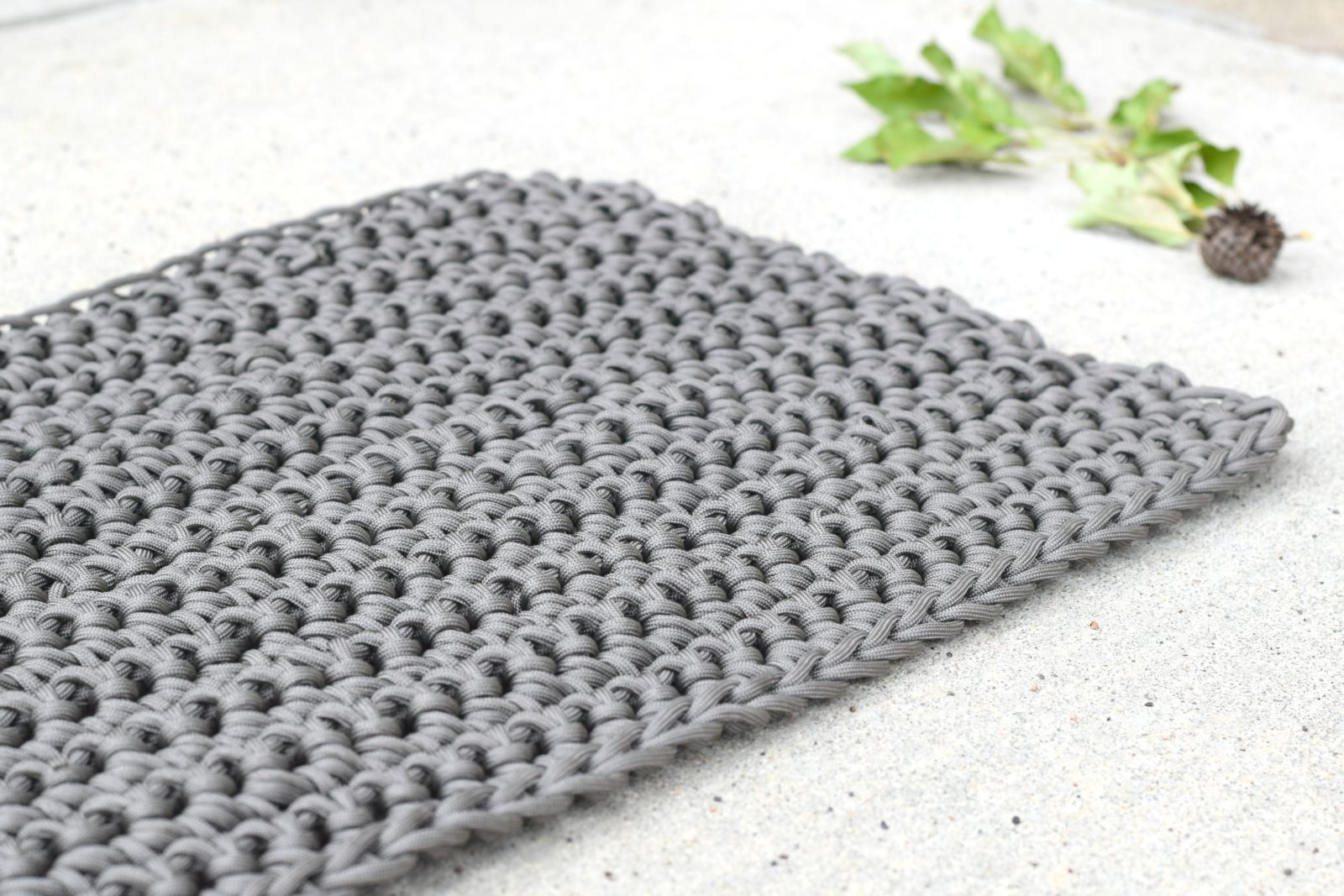
/colourful-crochet-rag-rugs-in-sunlight-539272509-f3943e9e37e8419ebf216e670d3eb775.jpg)

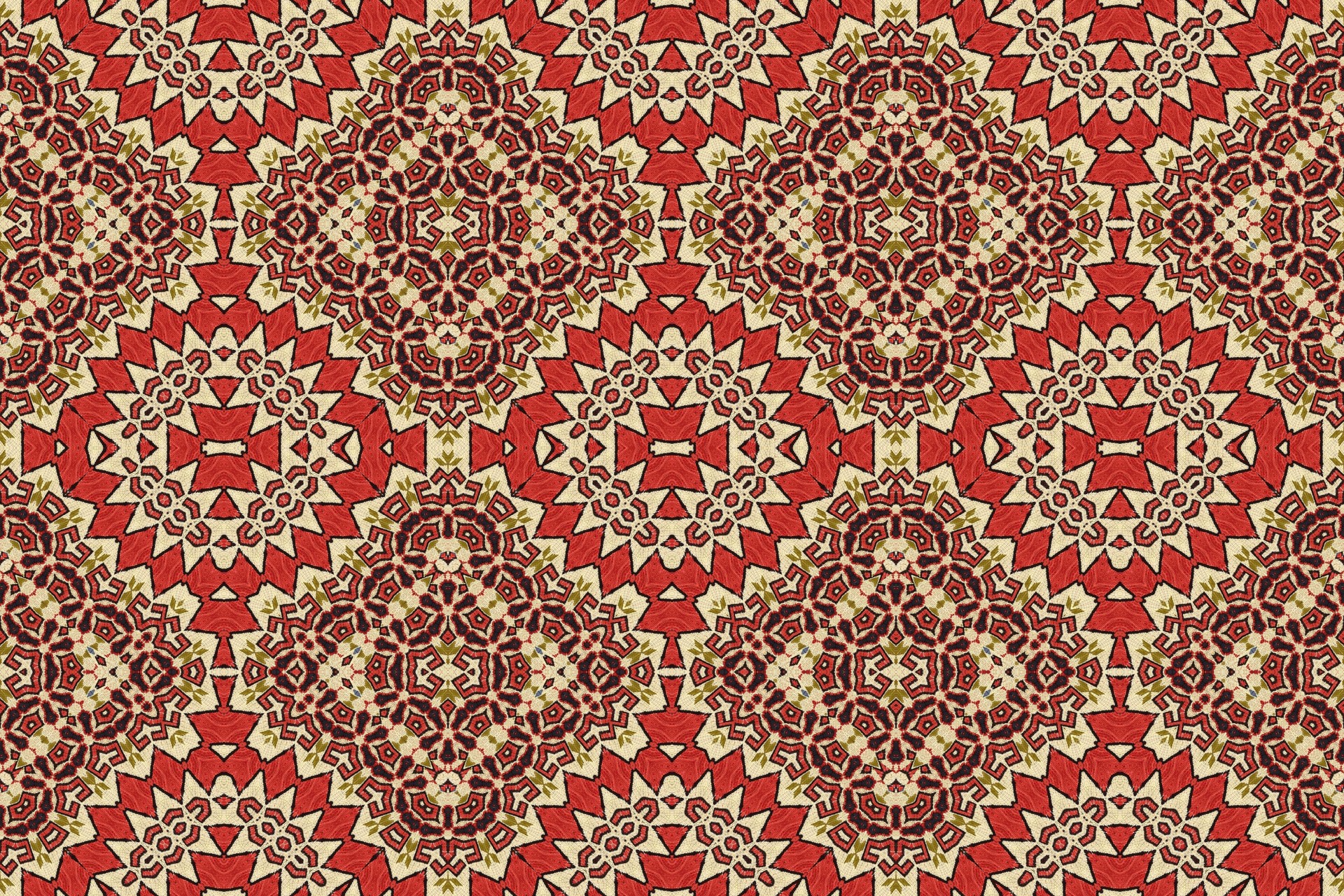
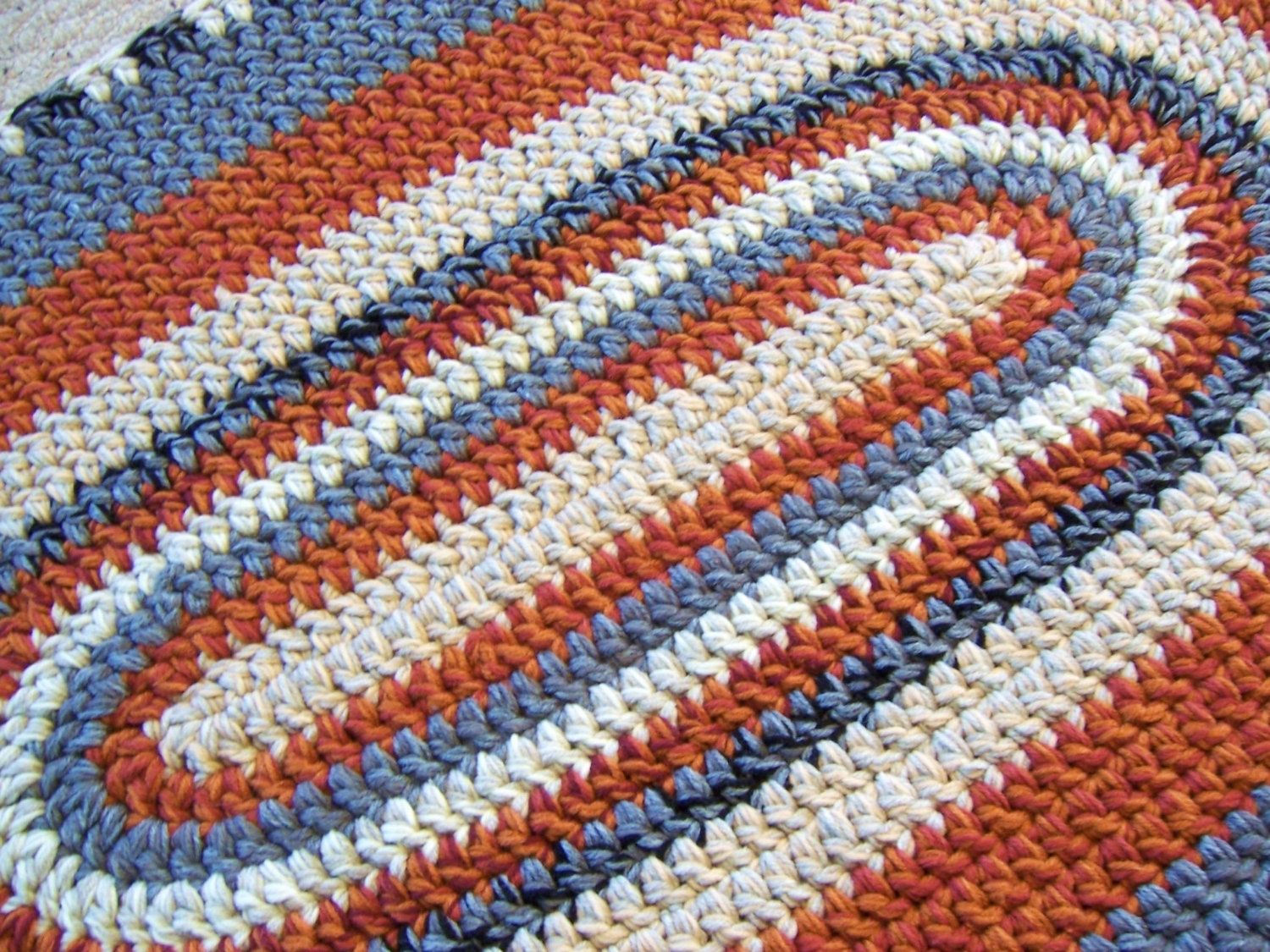

/GettyImages-185262438-596e9b586f53ba0011eab408.jpg)

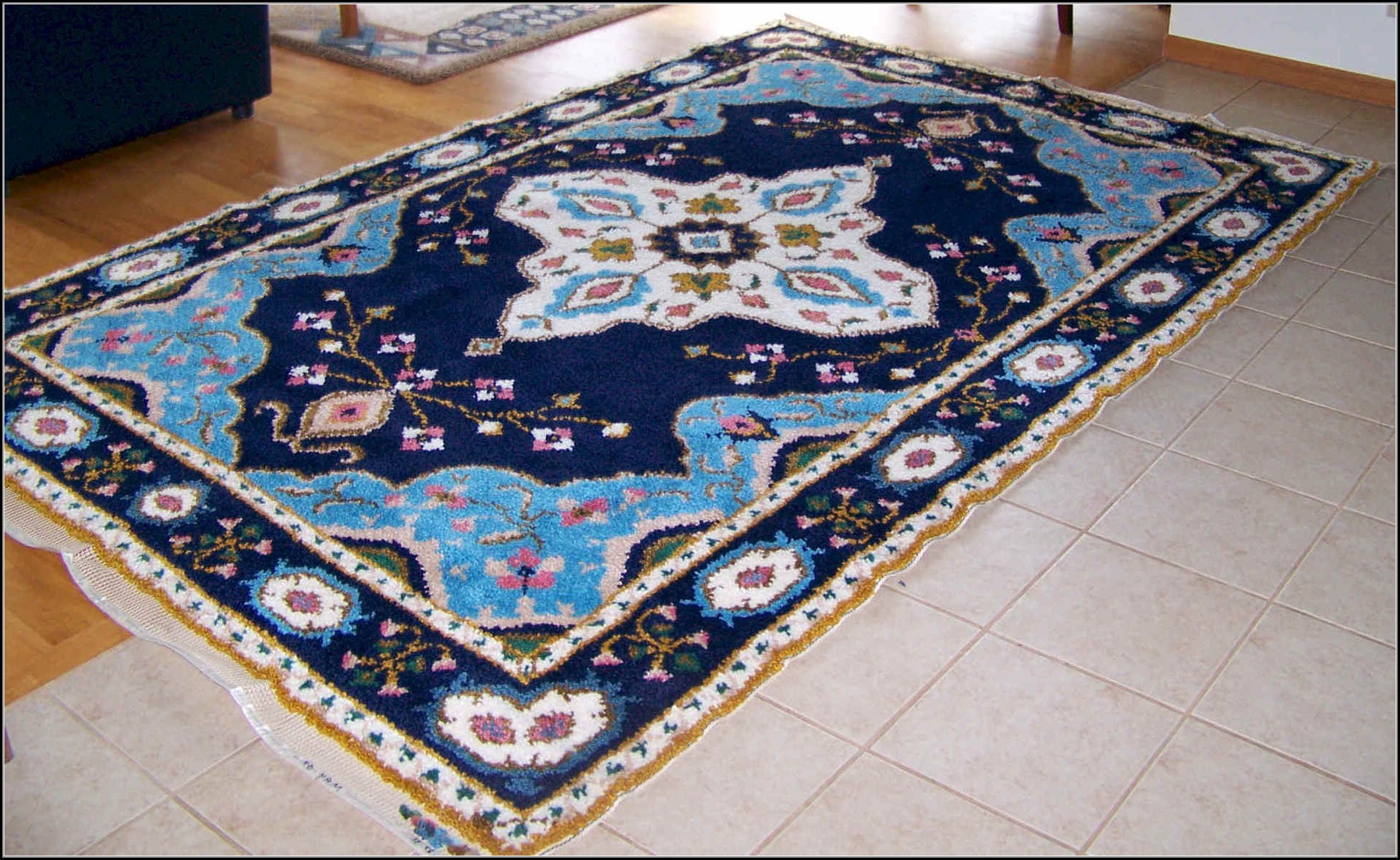








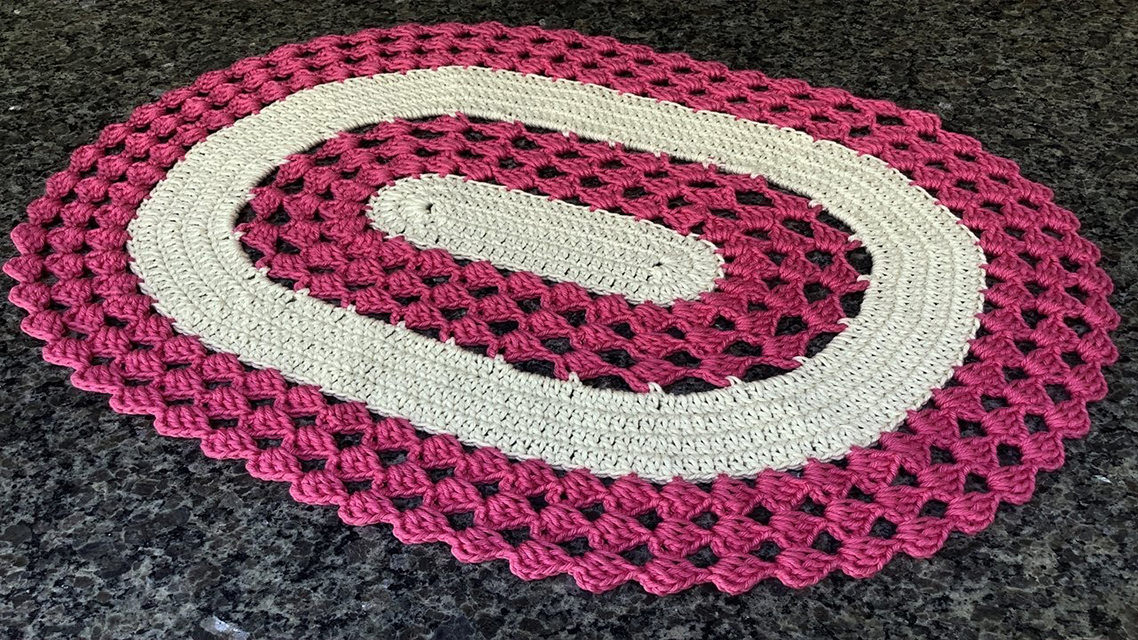

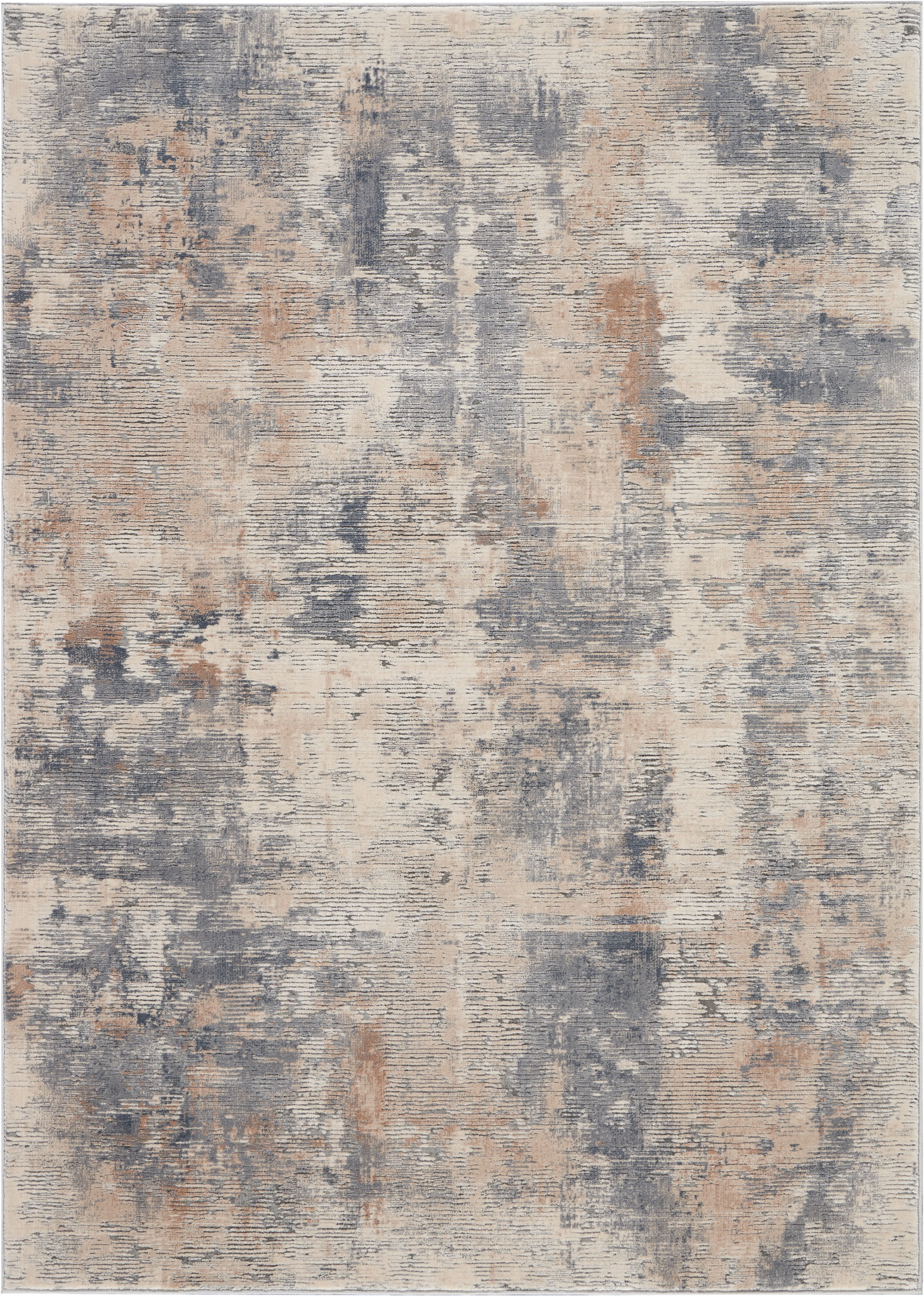


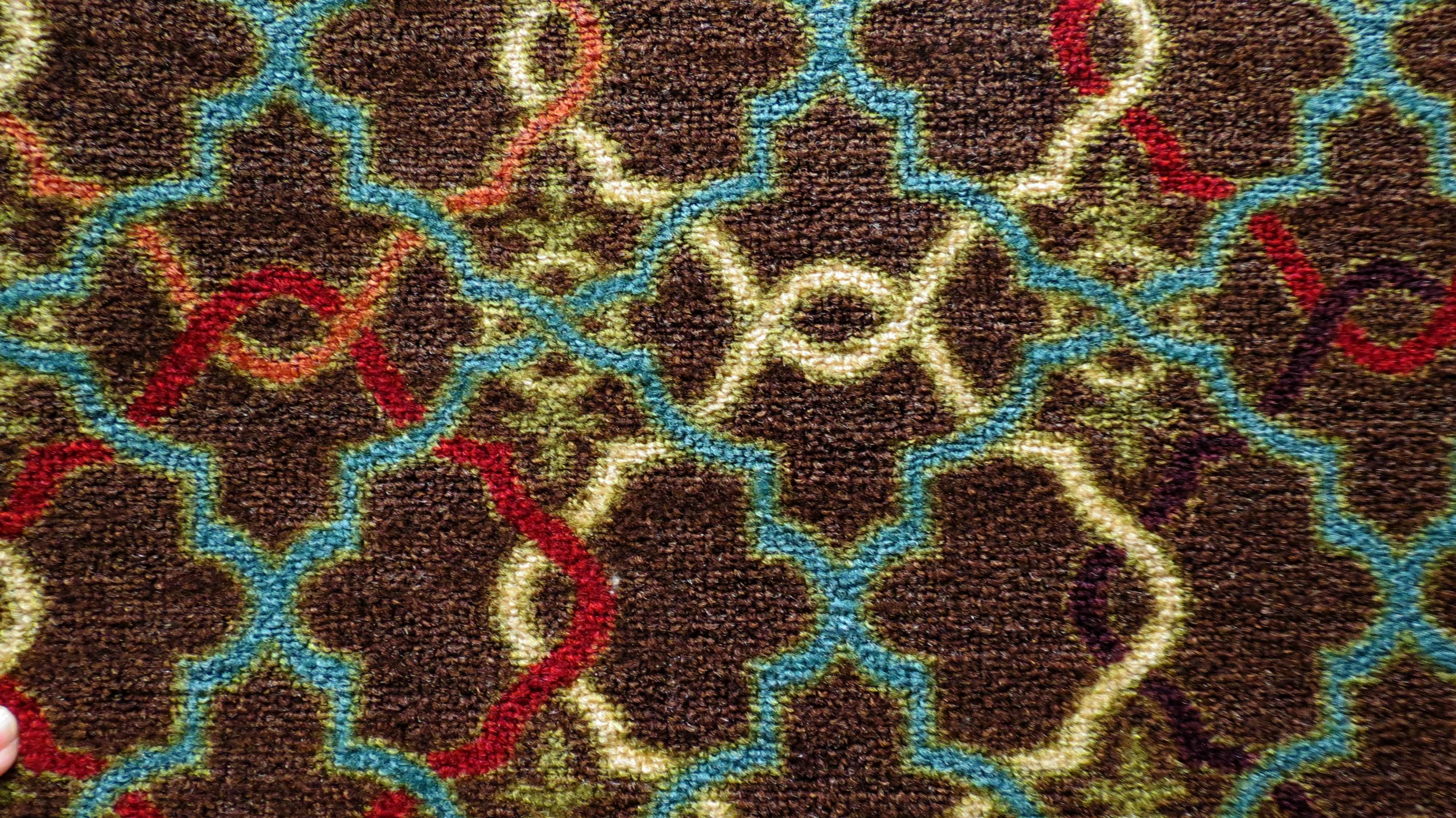
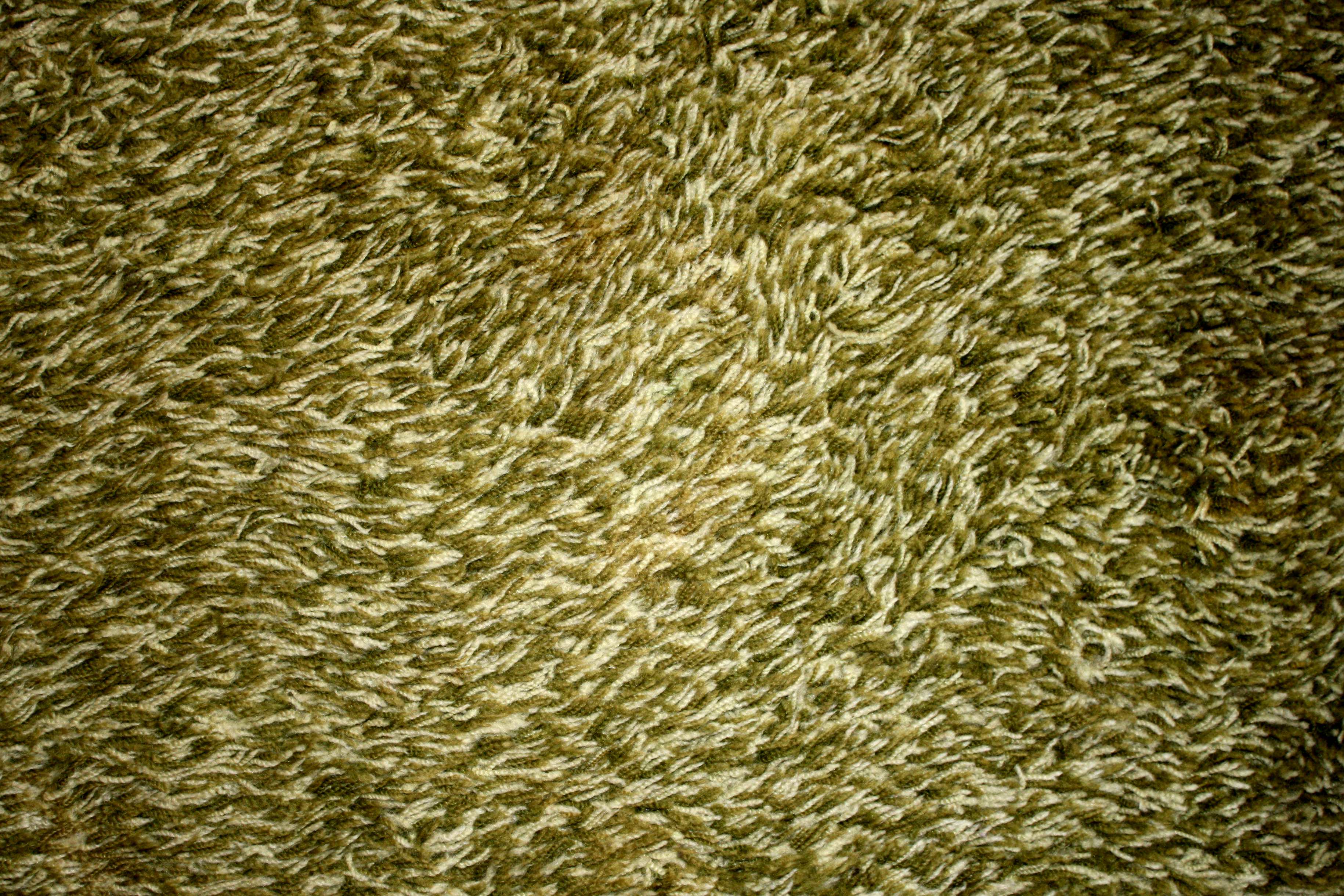
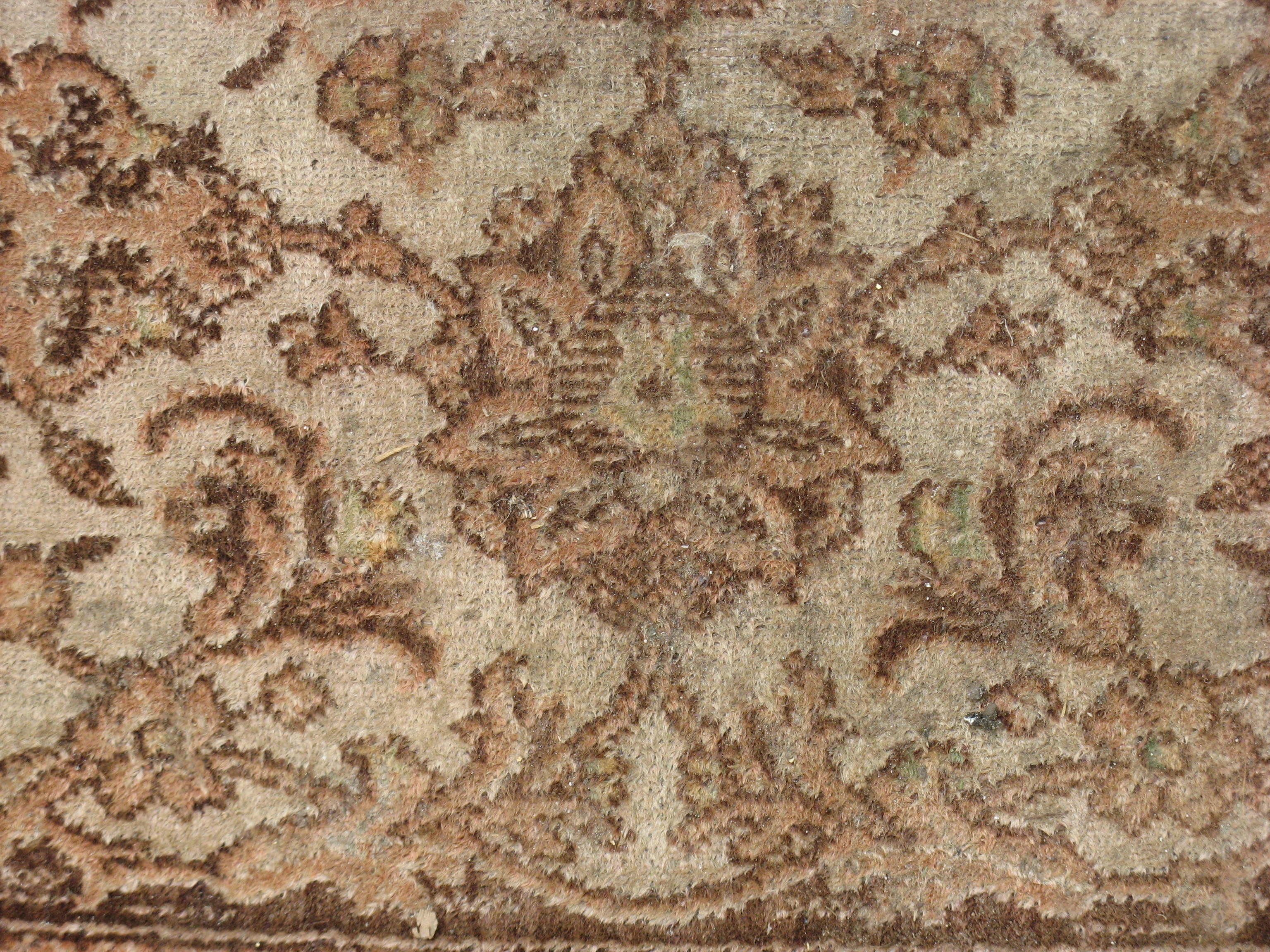

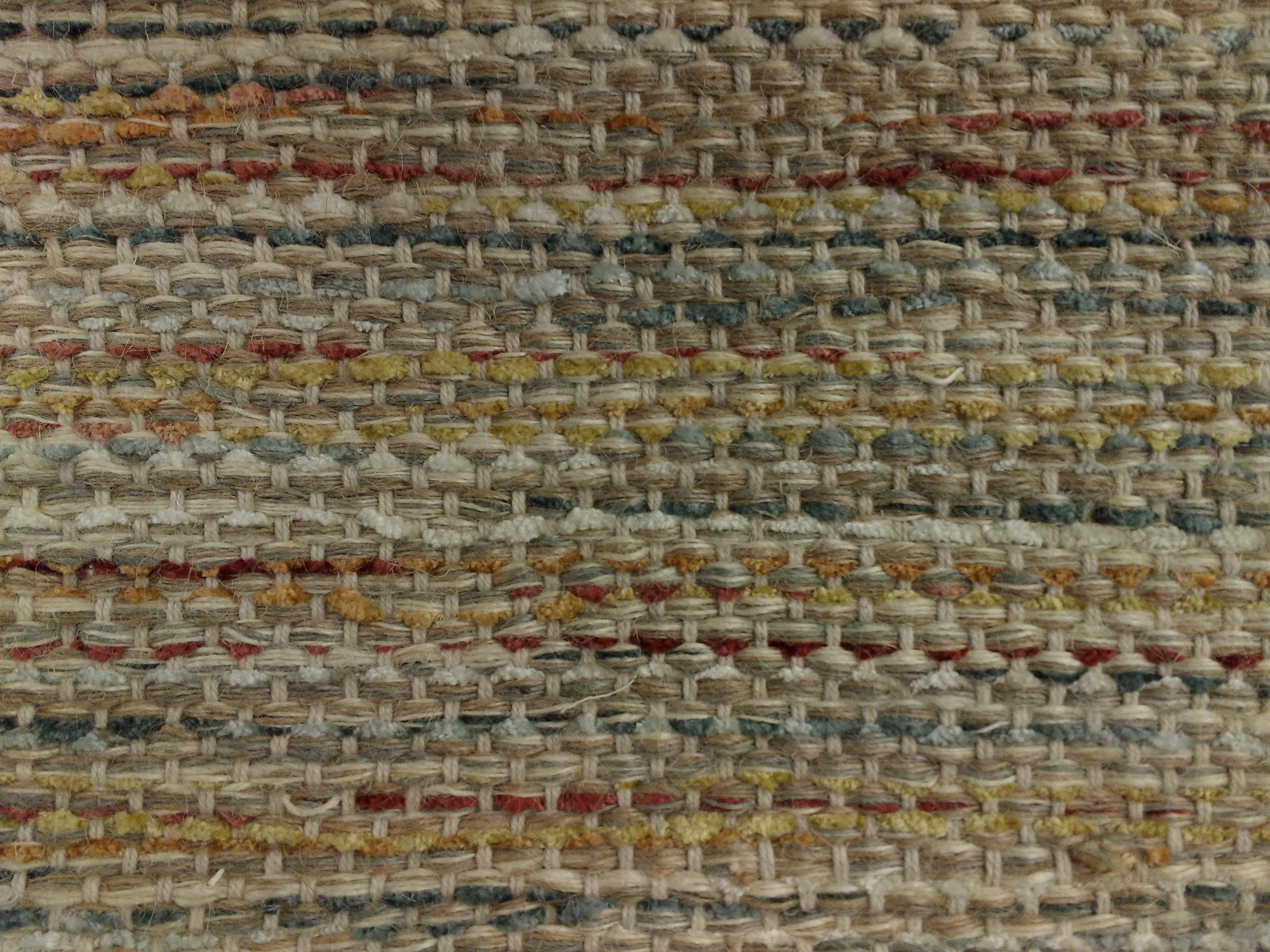

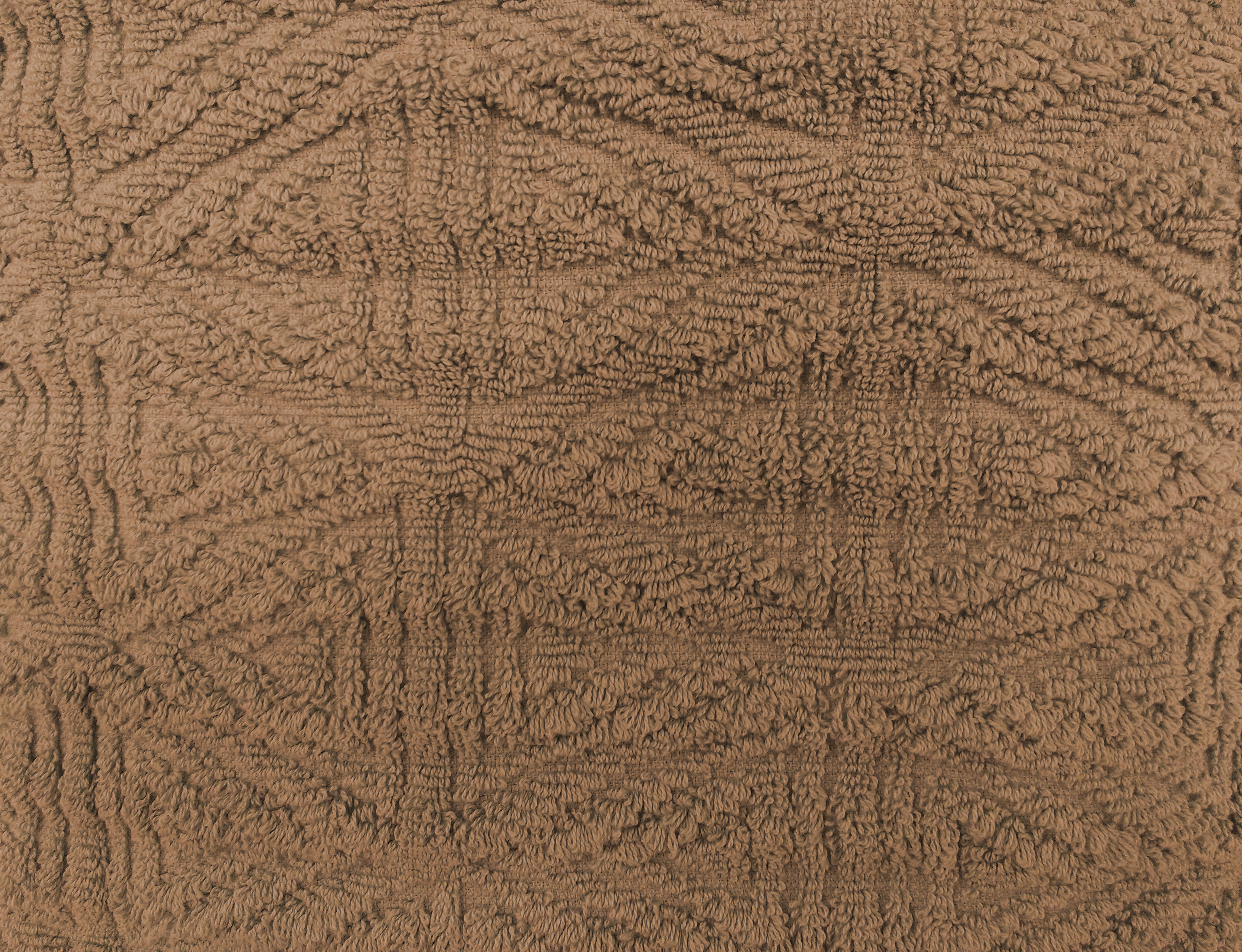


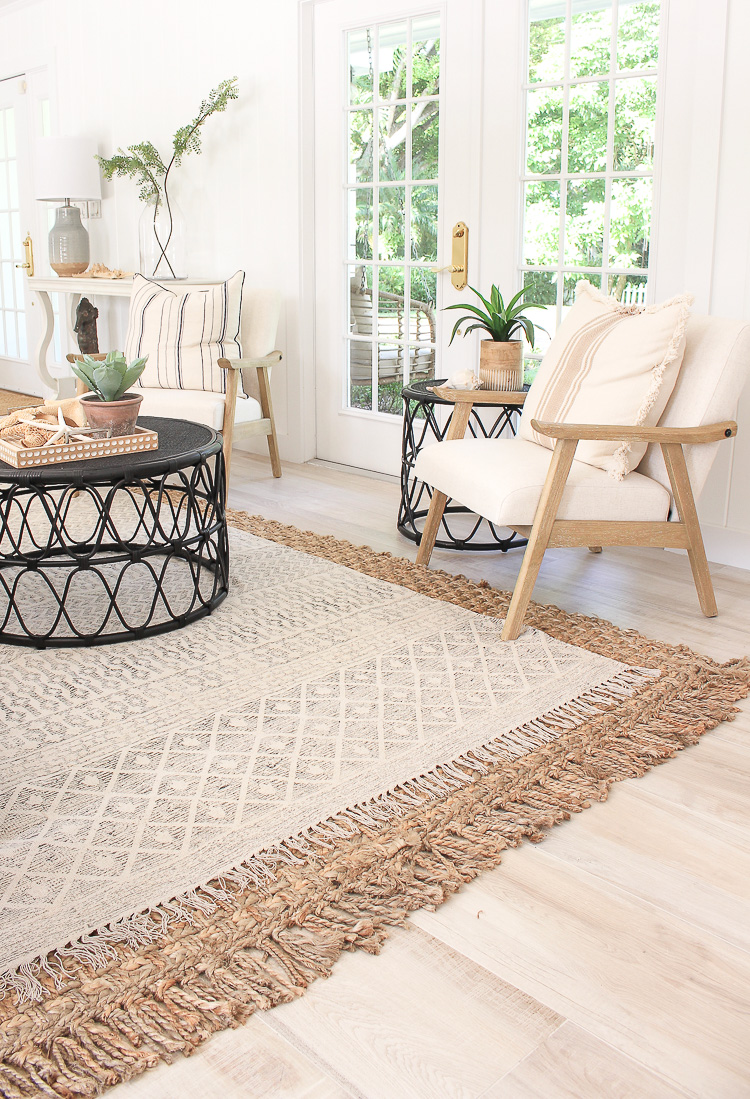
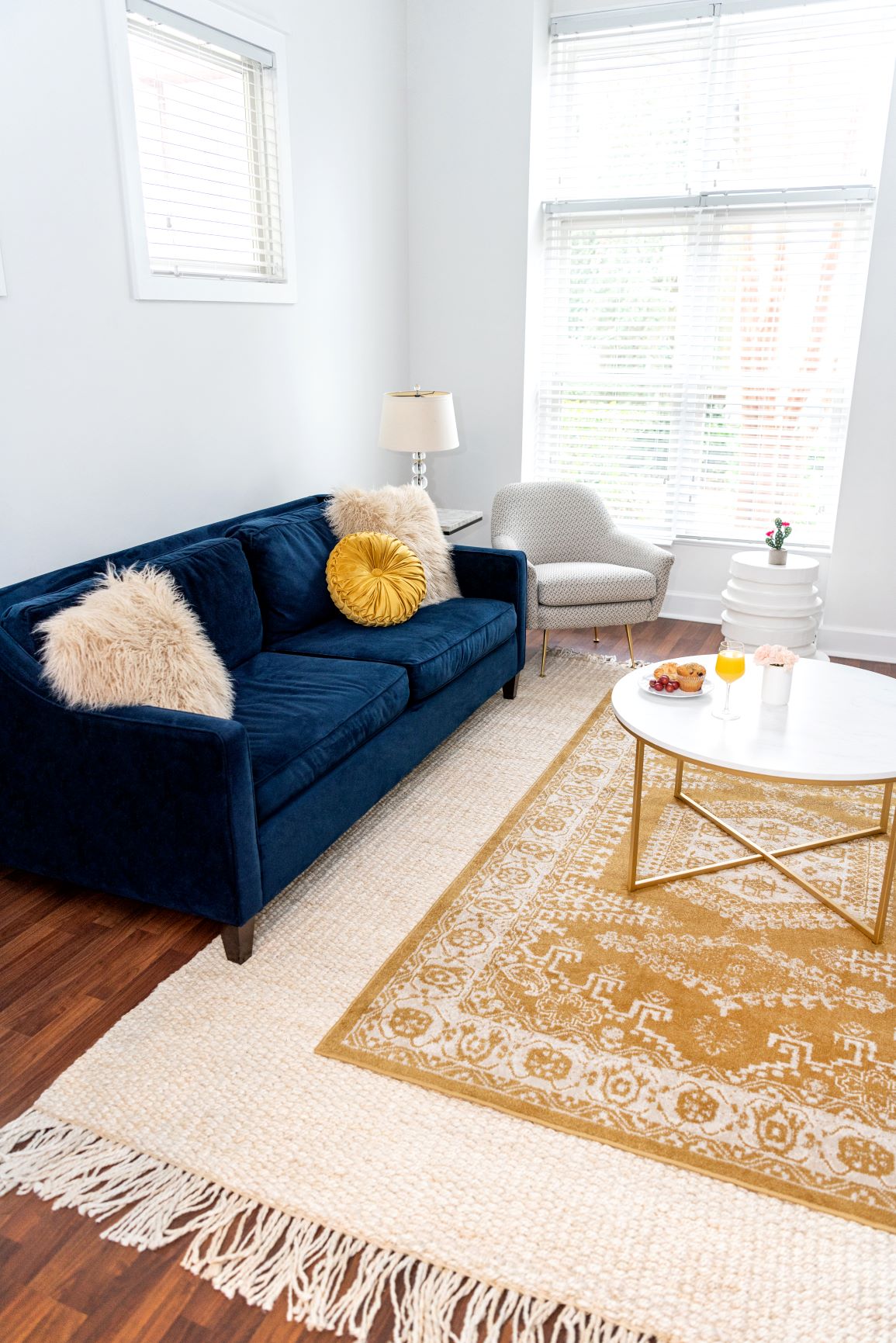
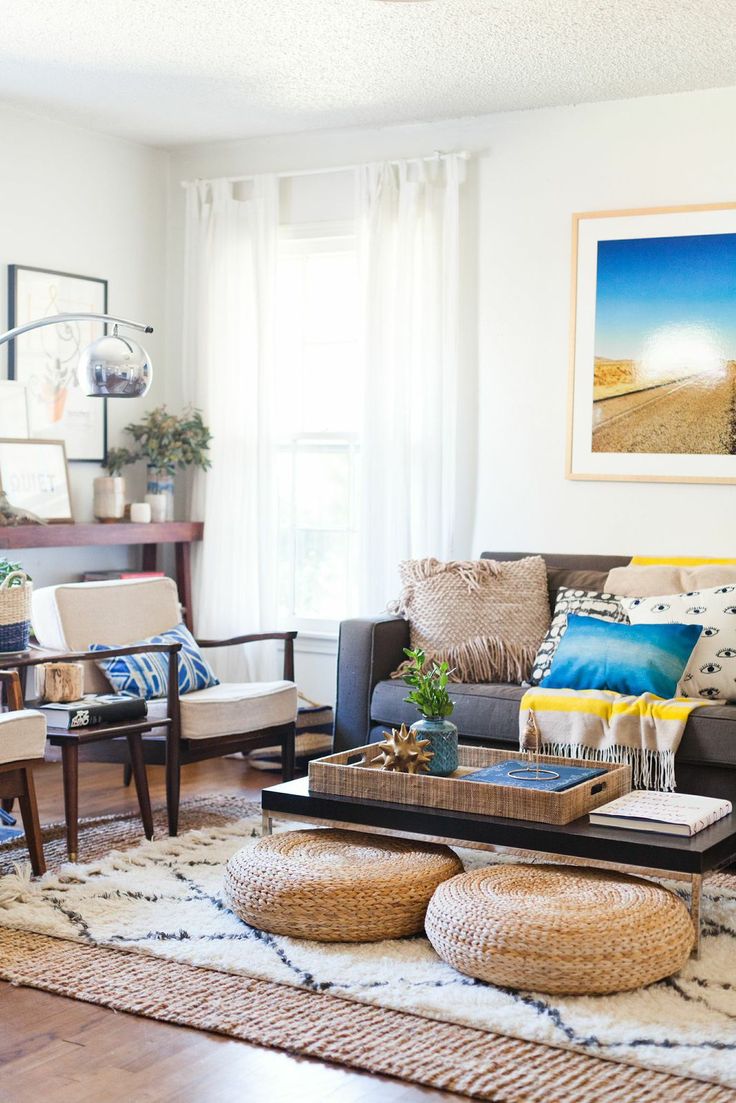
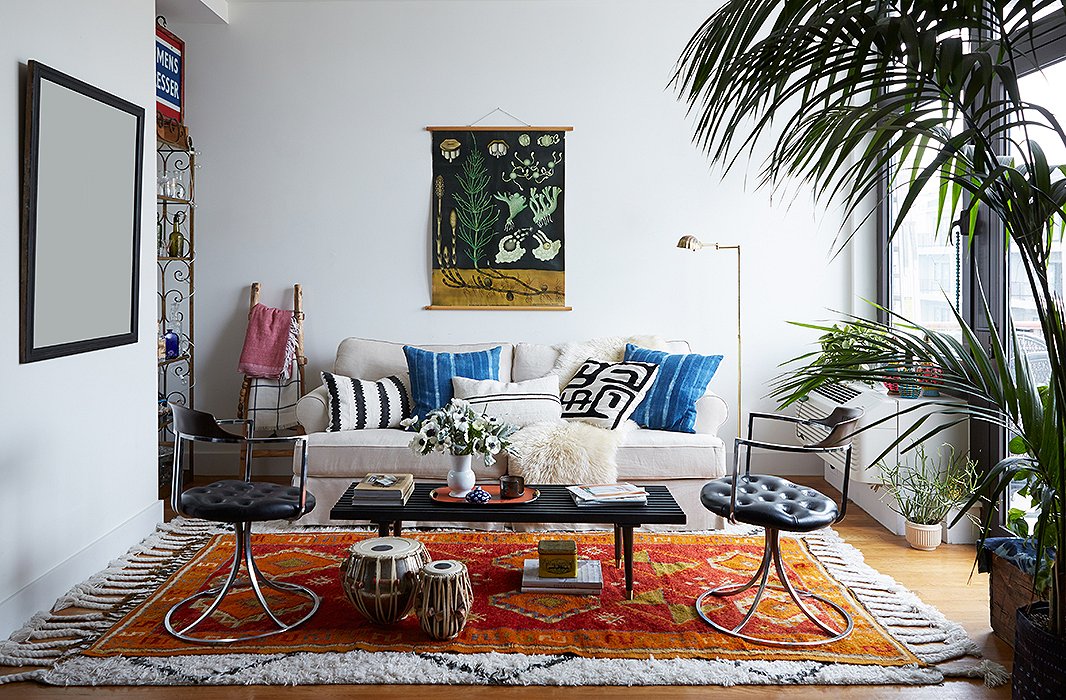
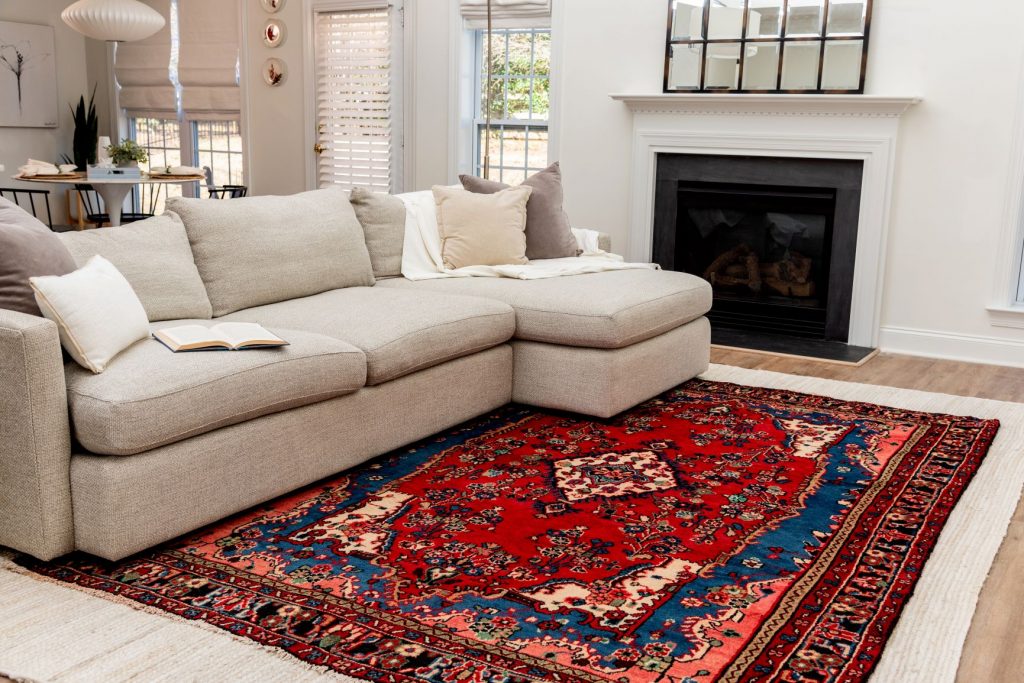
:max_bytes(150000):strip_icc()/things-to-think-about-when-layering-rugs-4092352-hero-29854f52ce2140608d27e9530a99eeb1.jpg)
